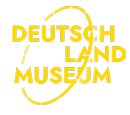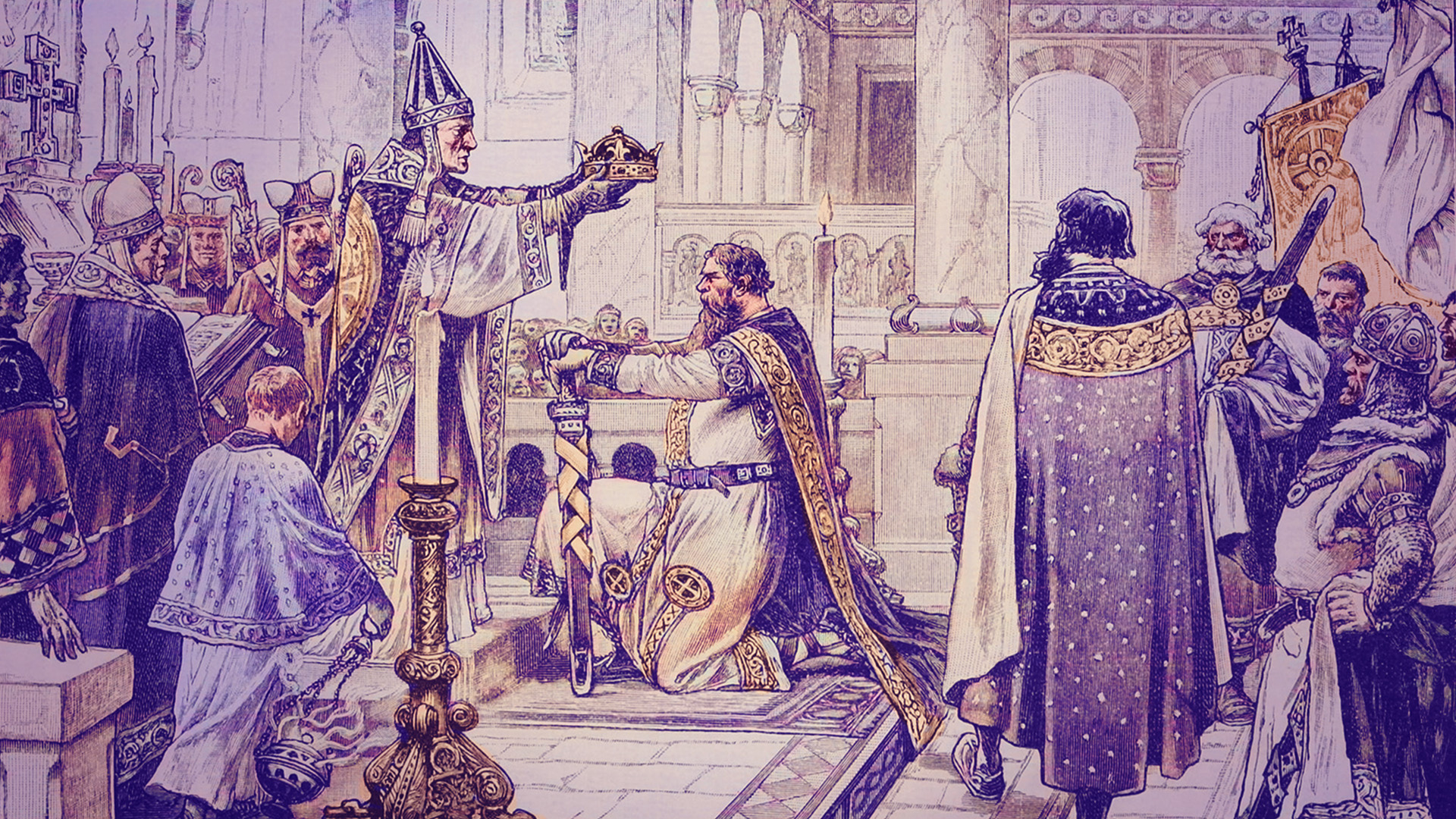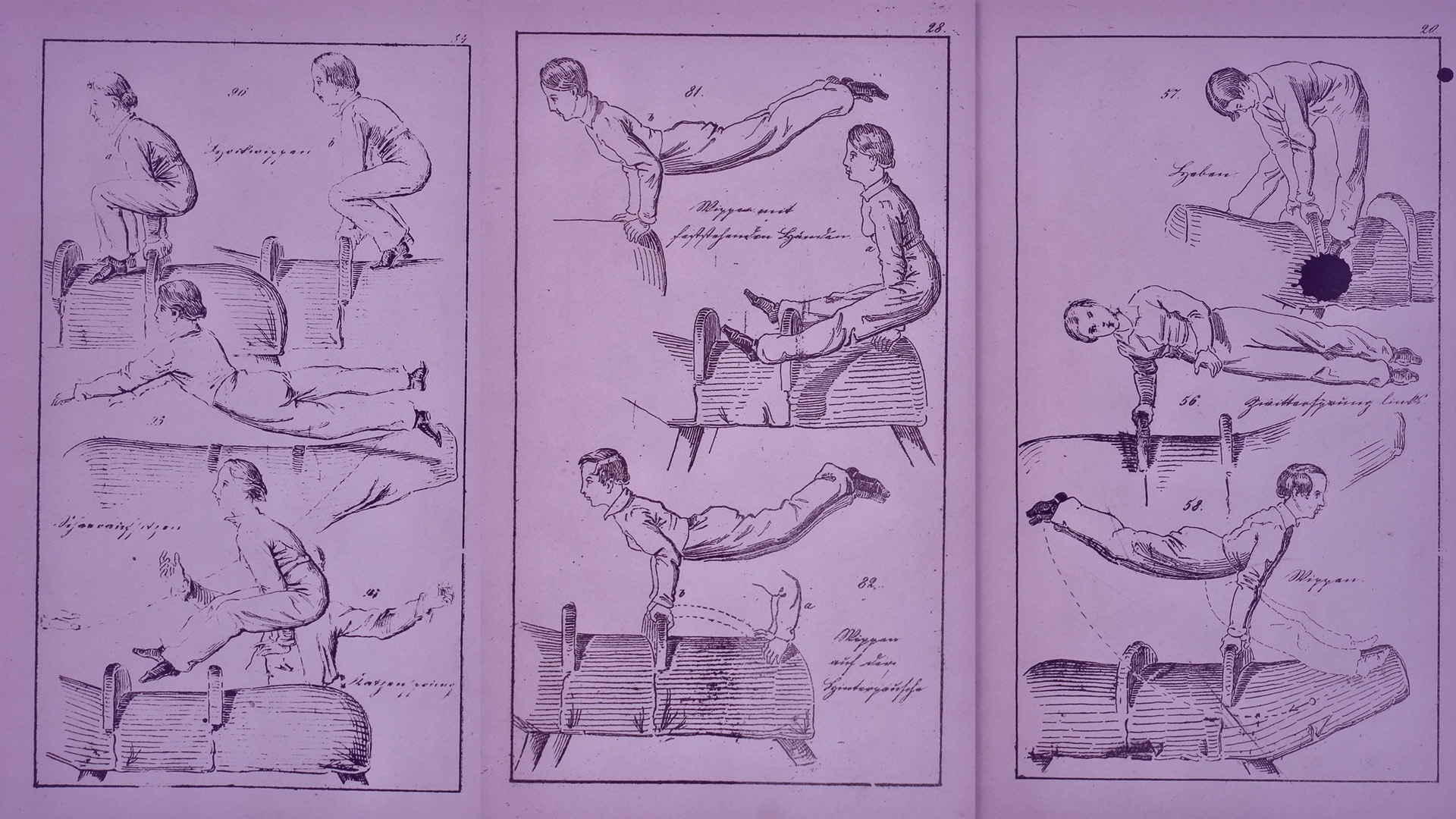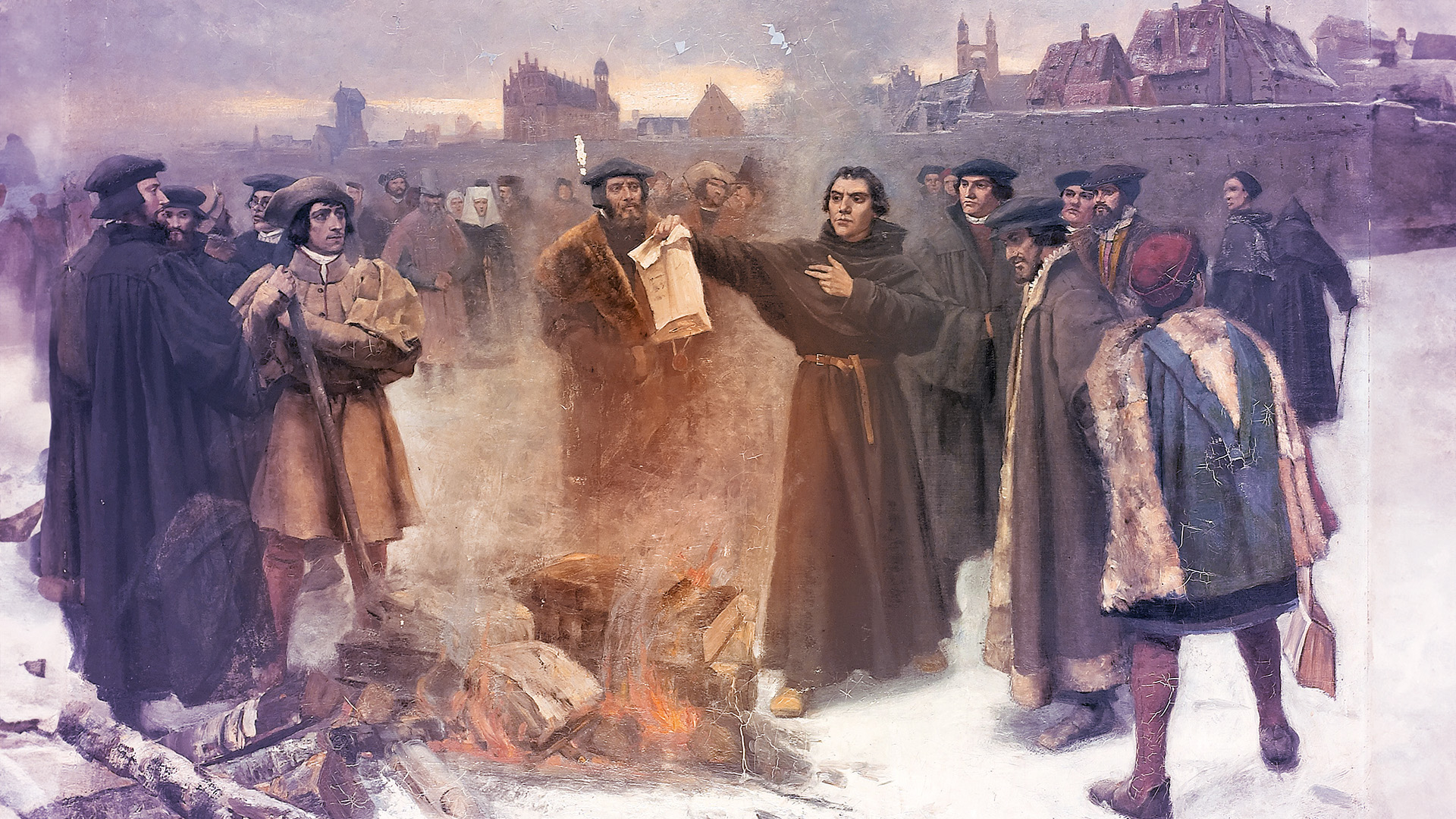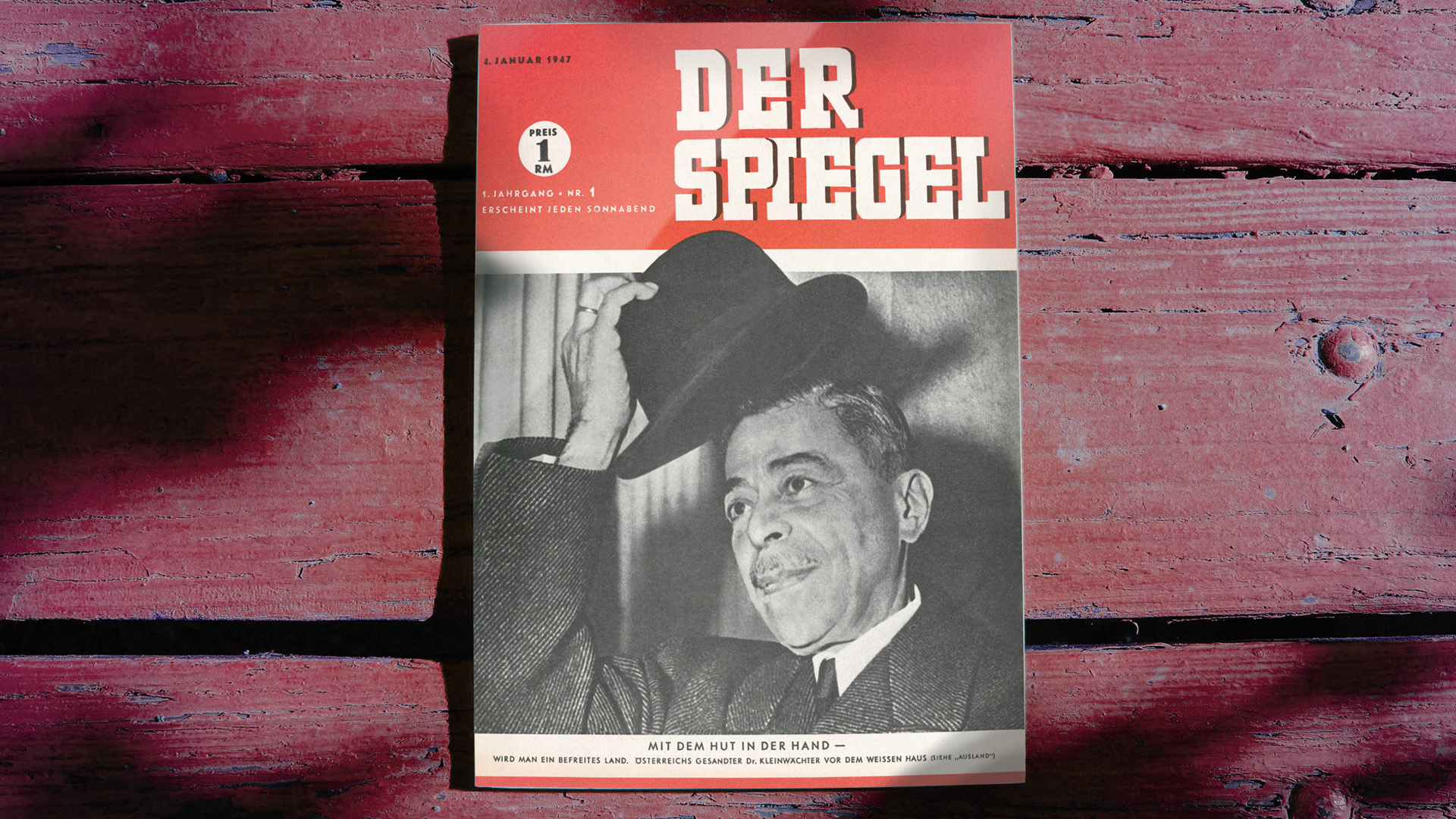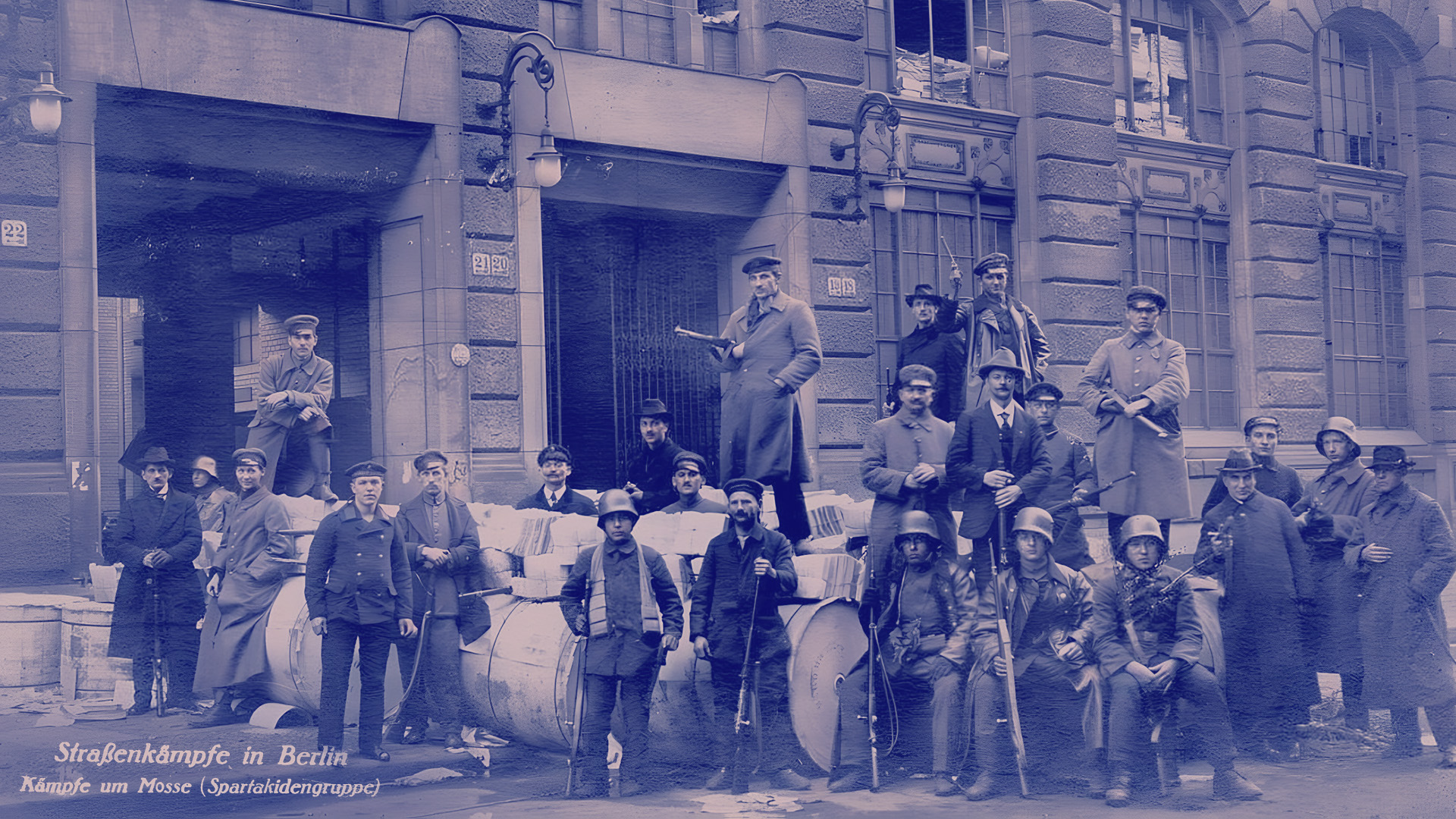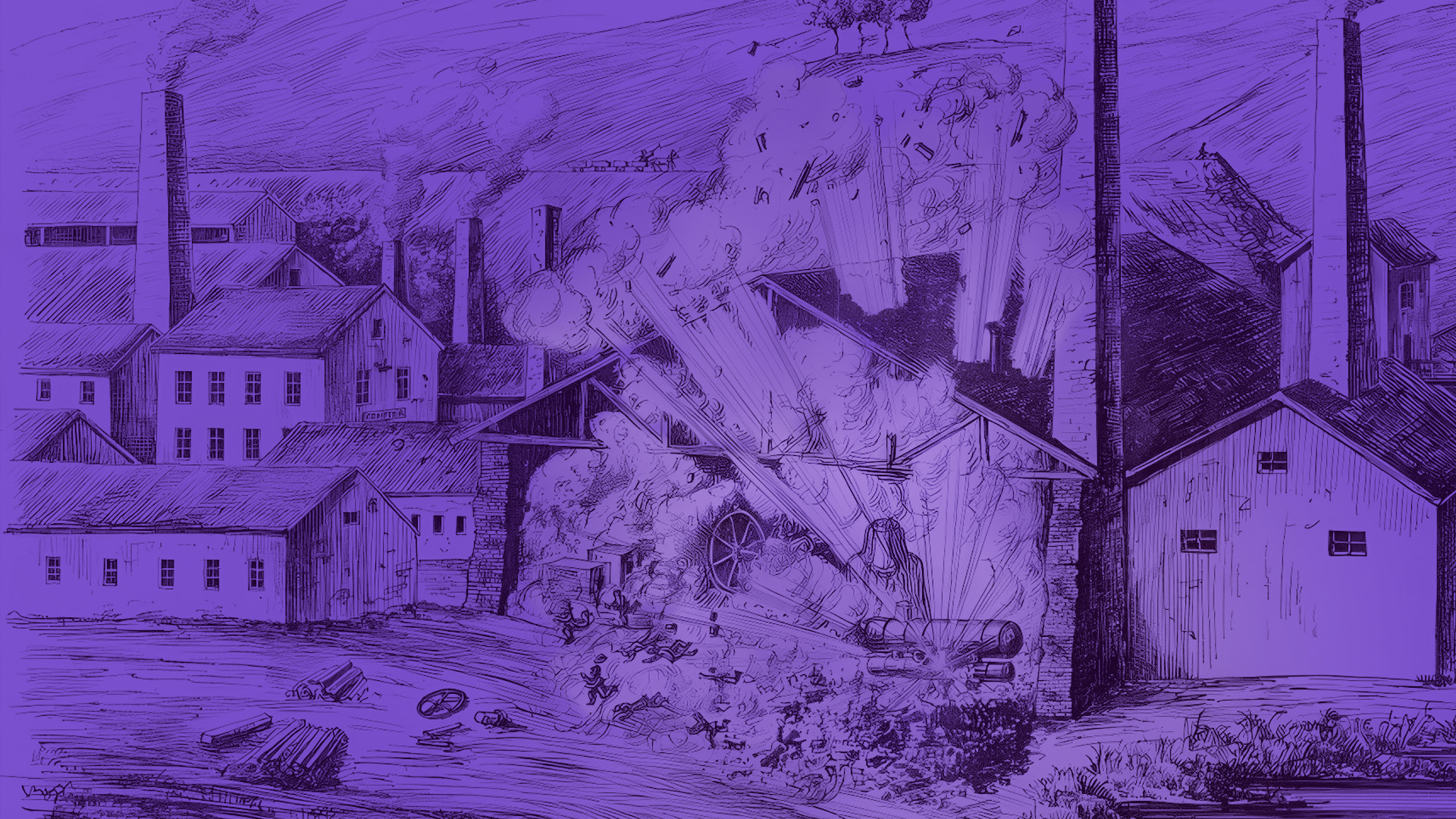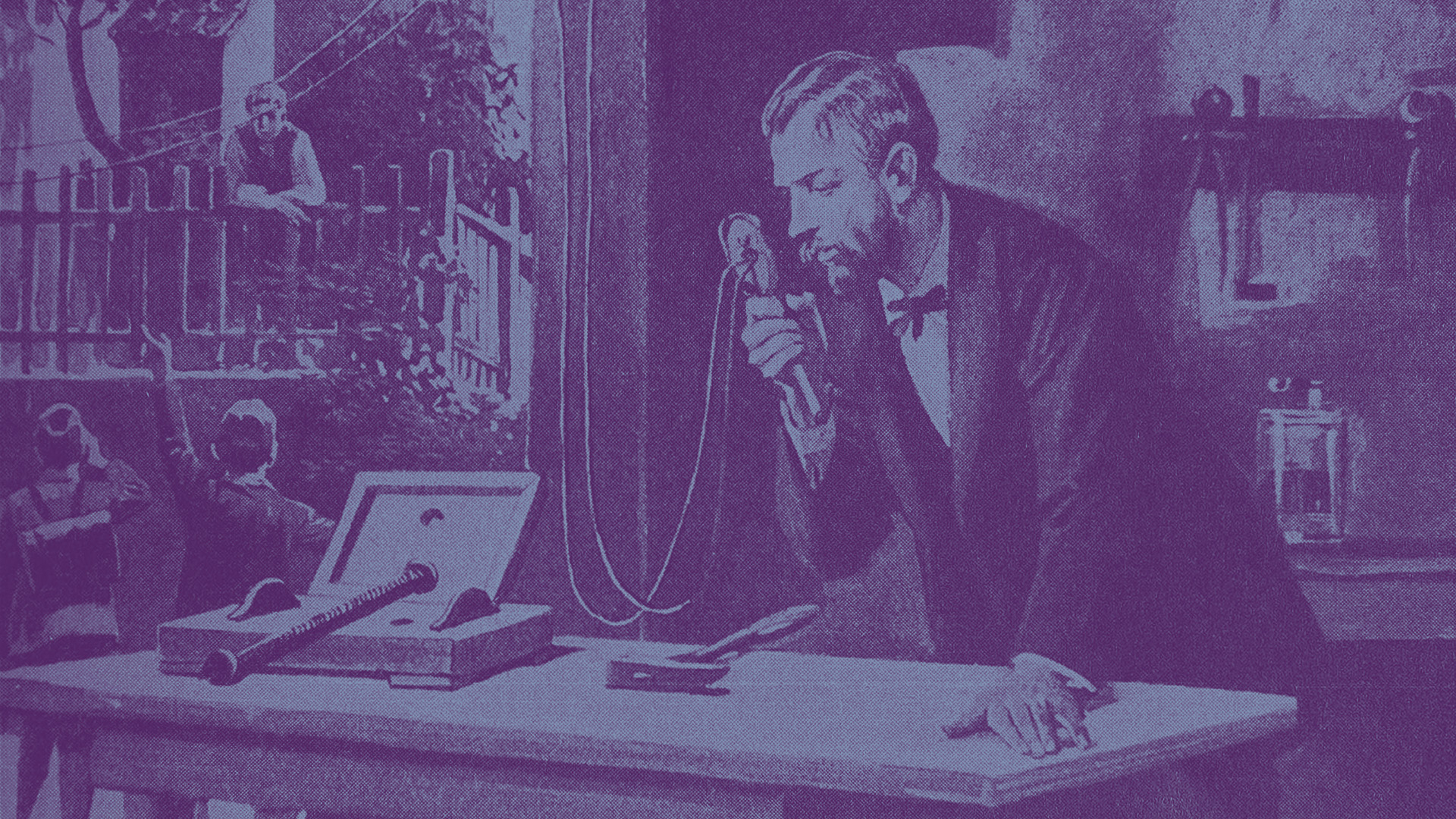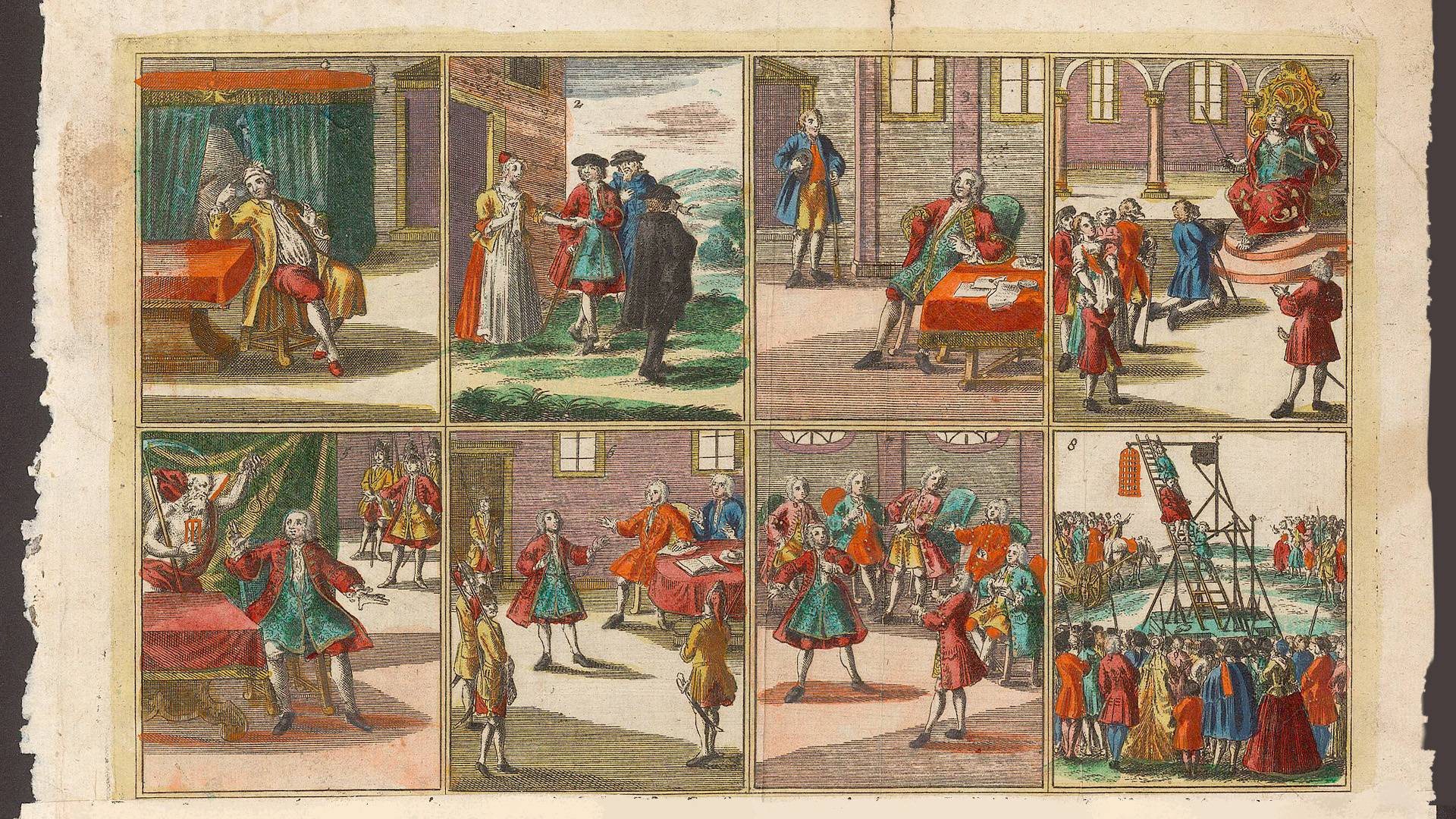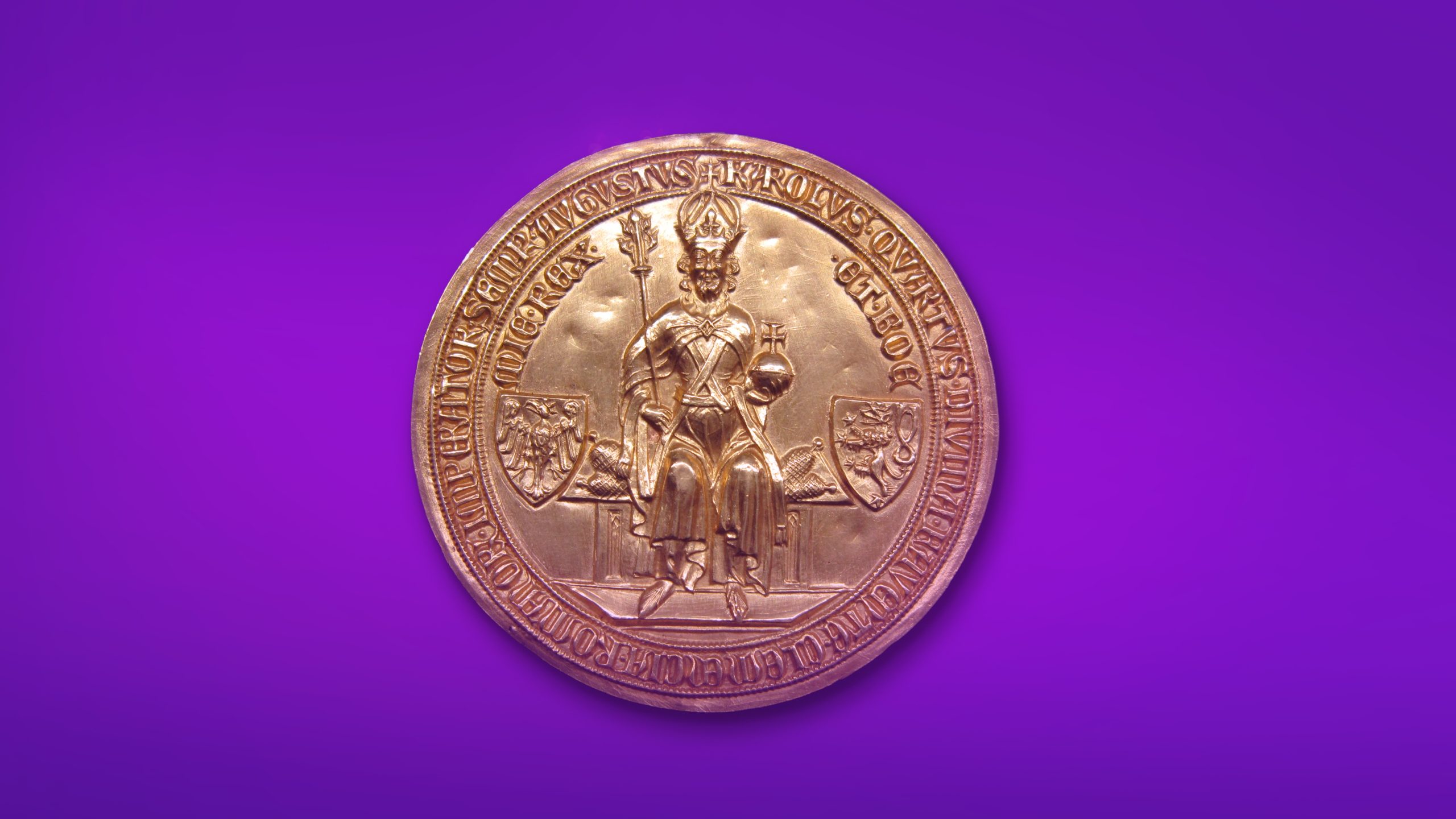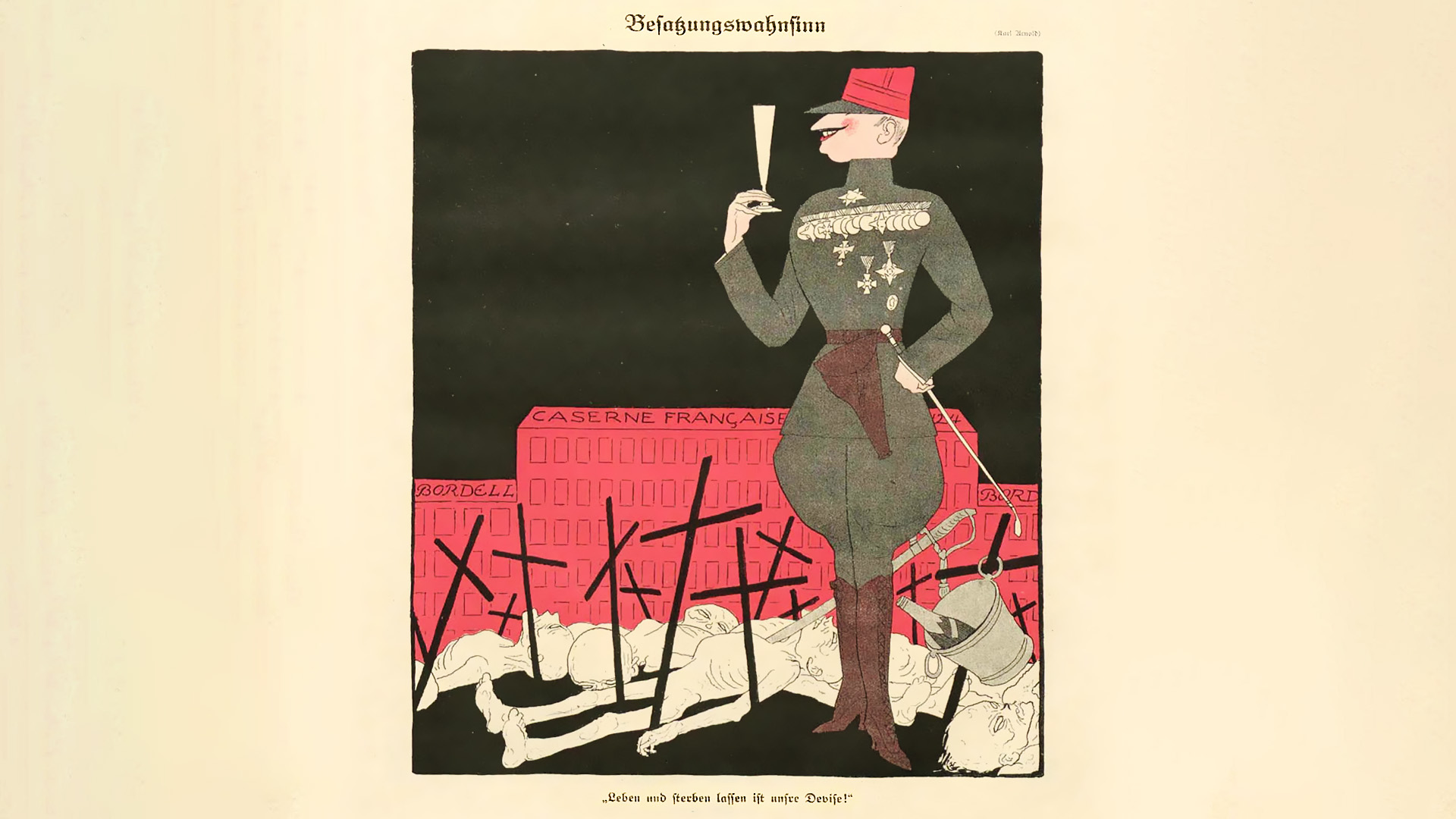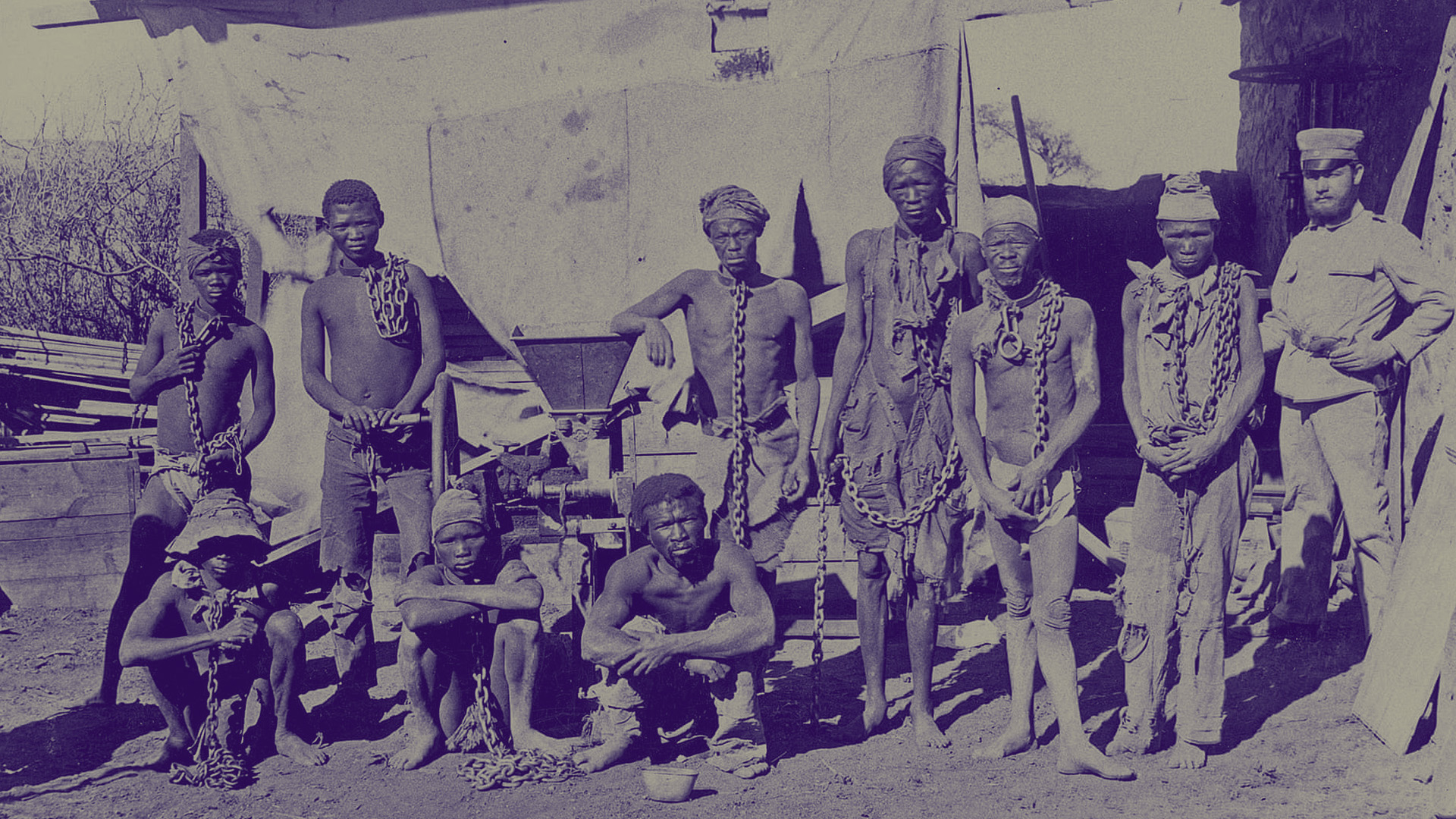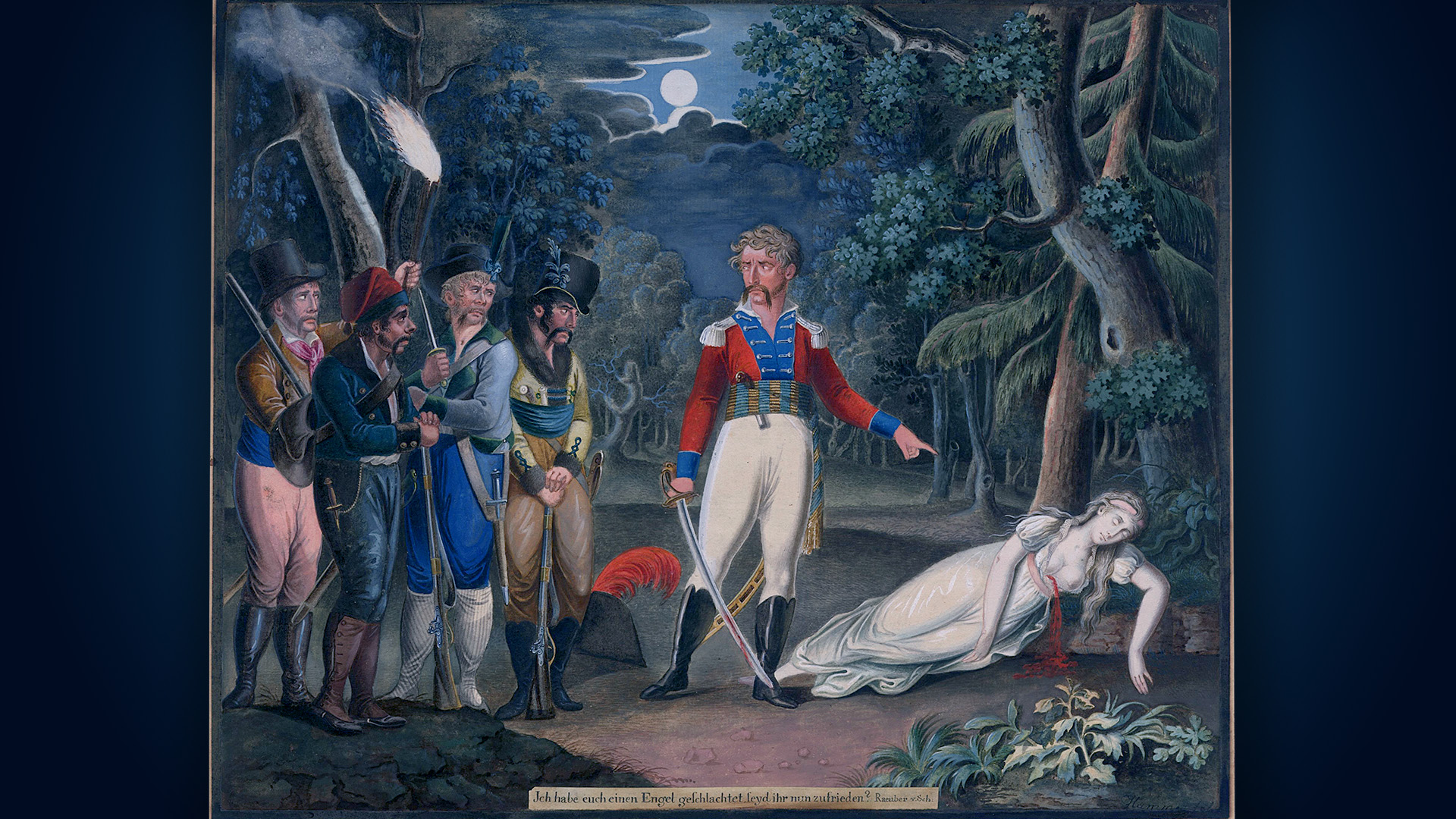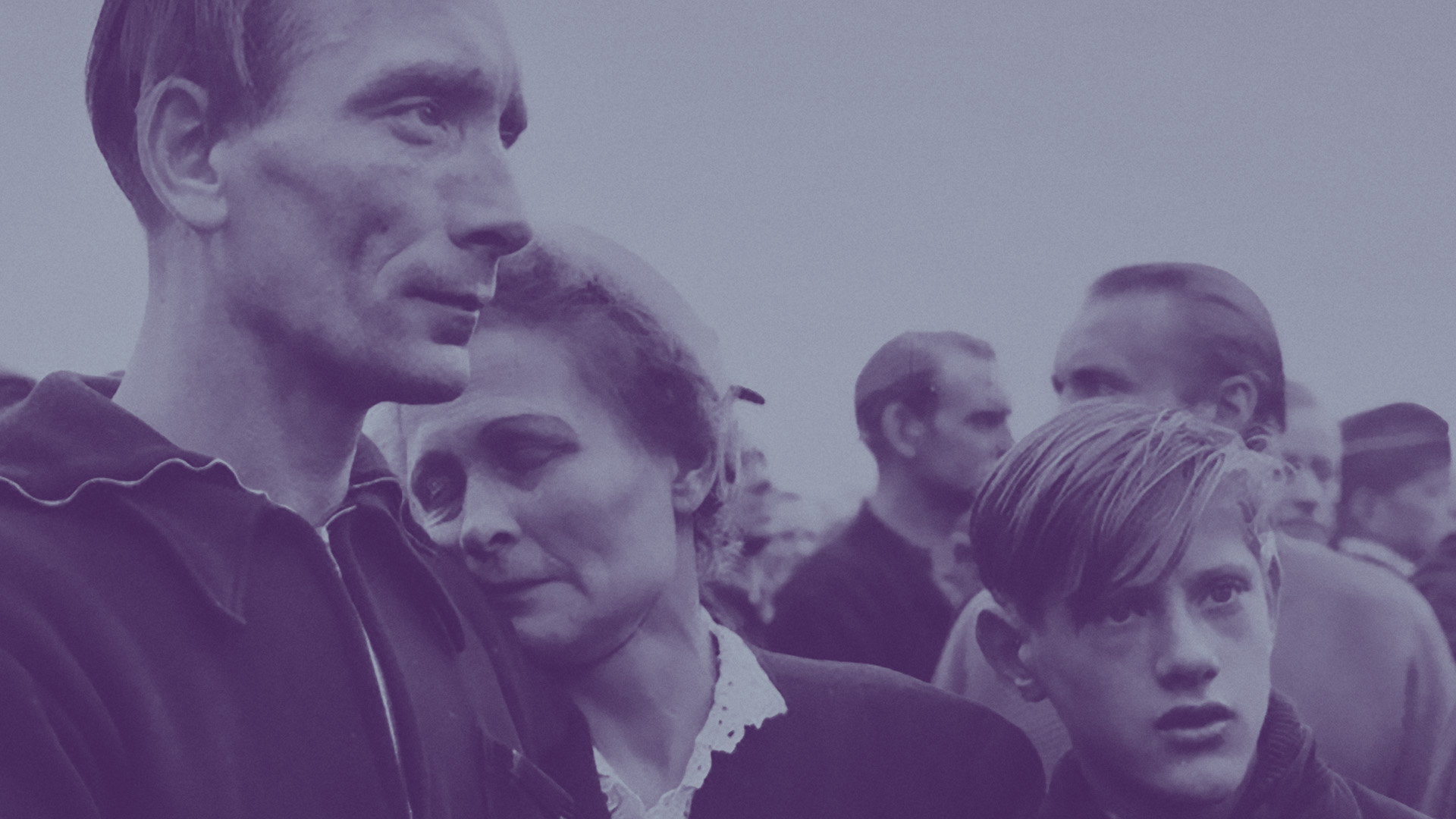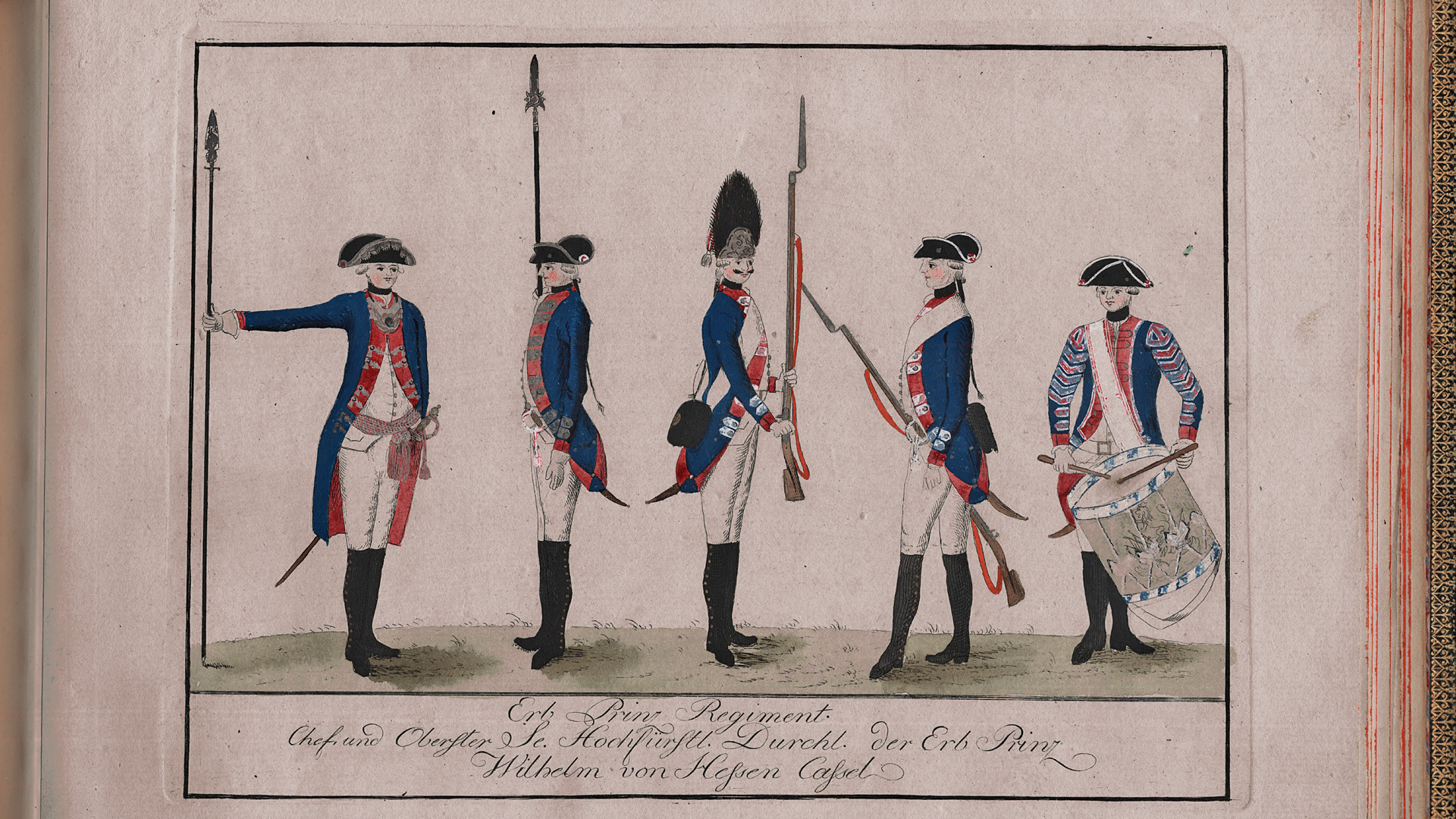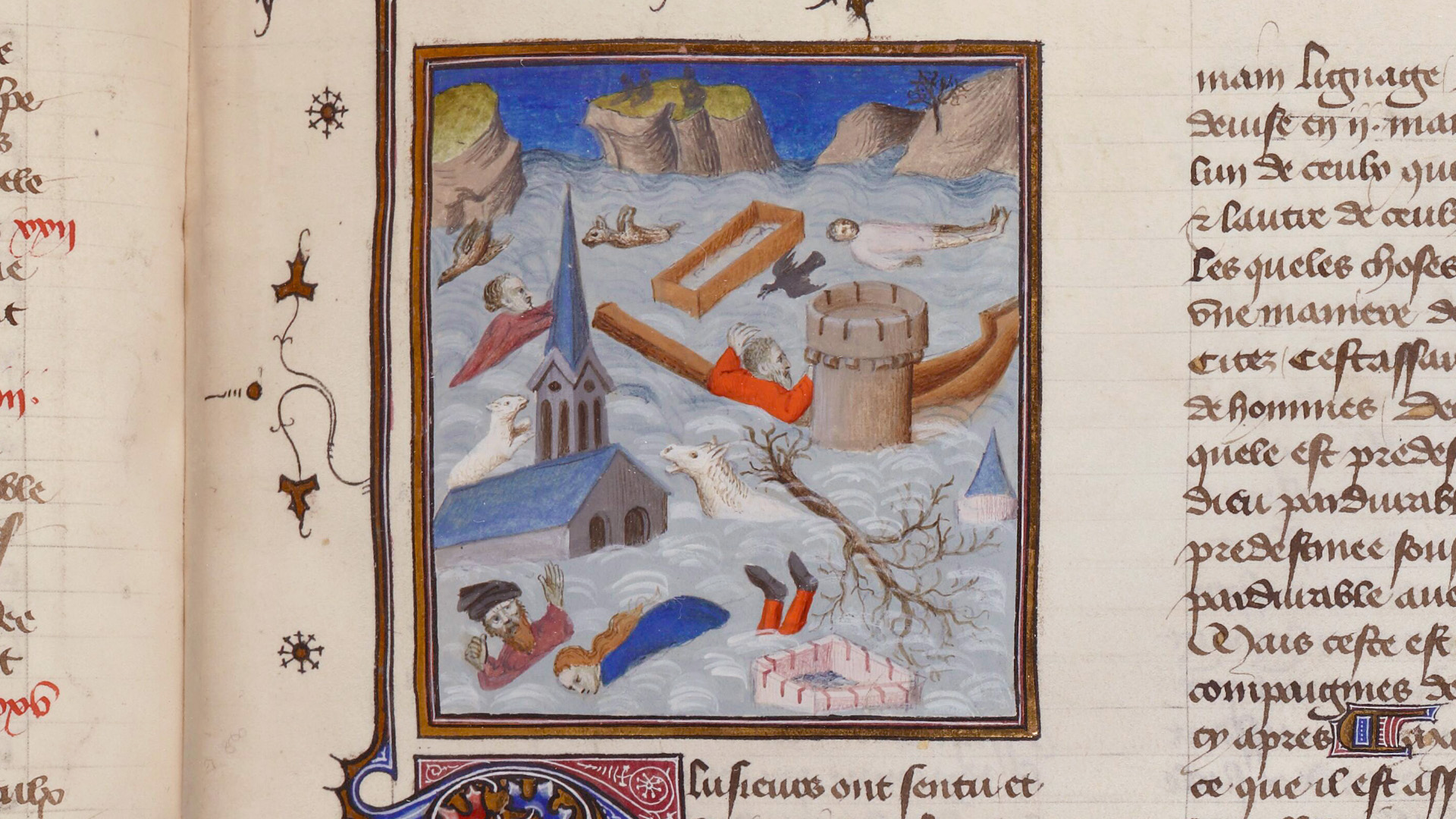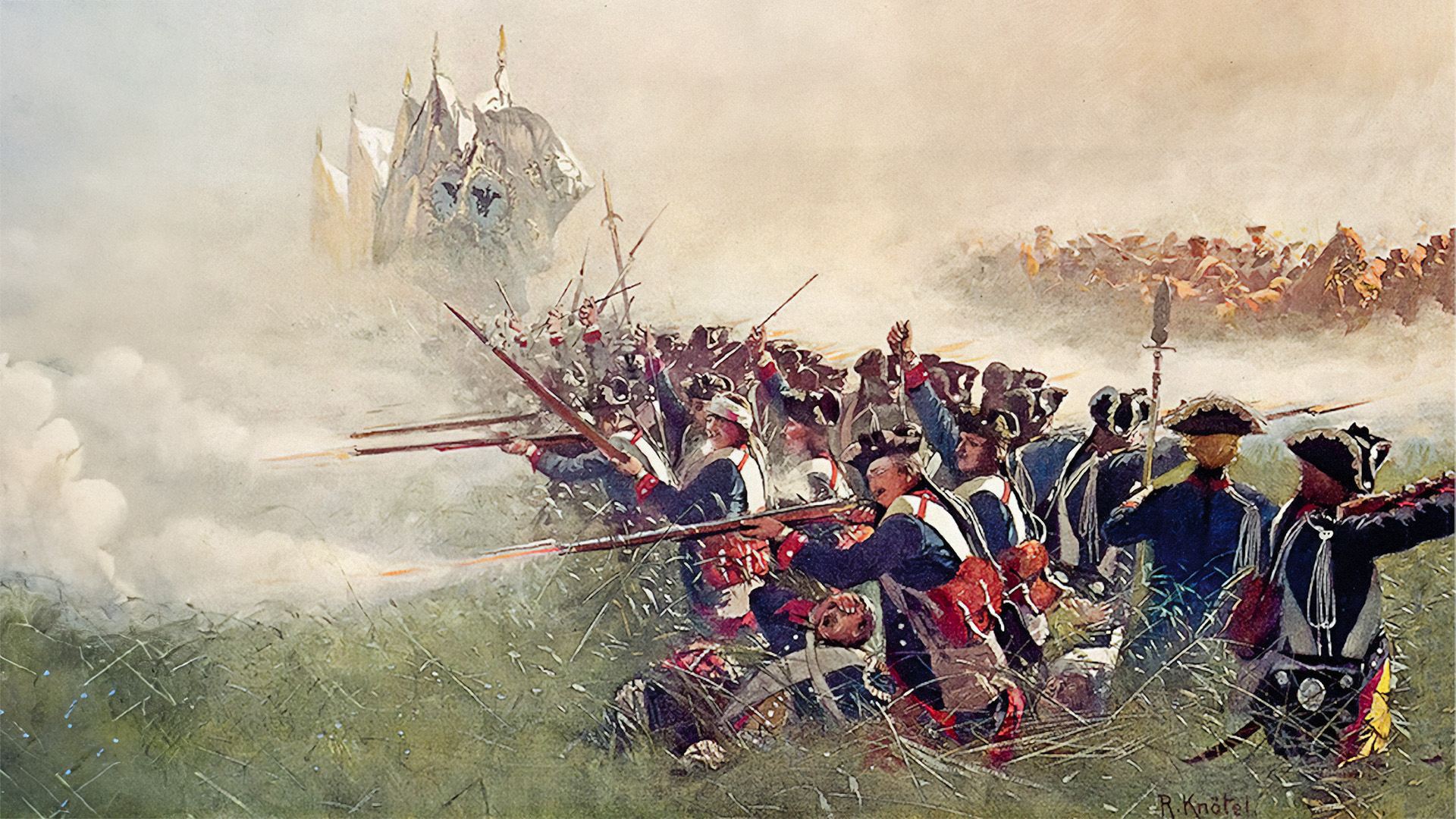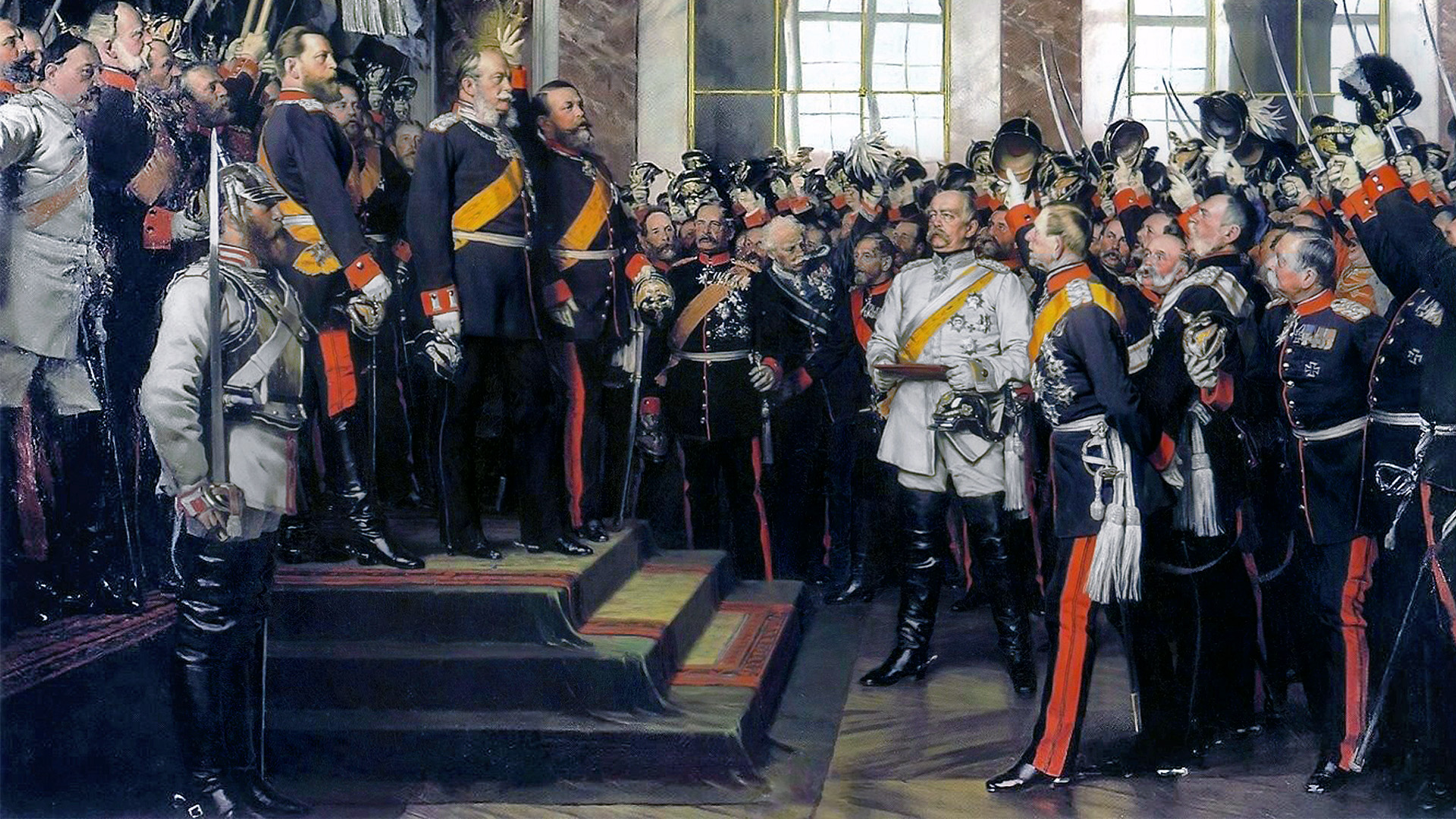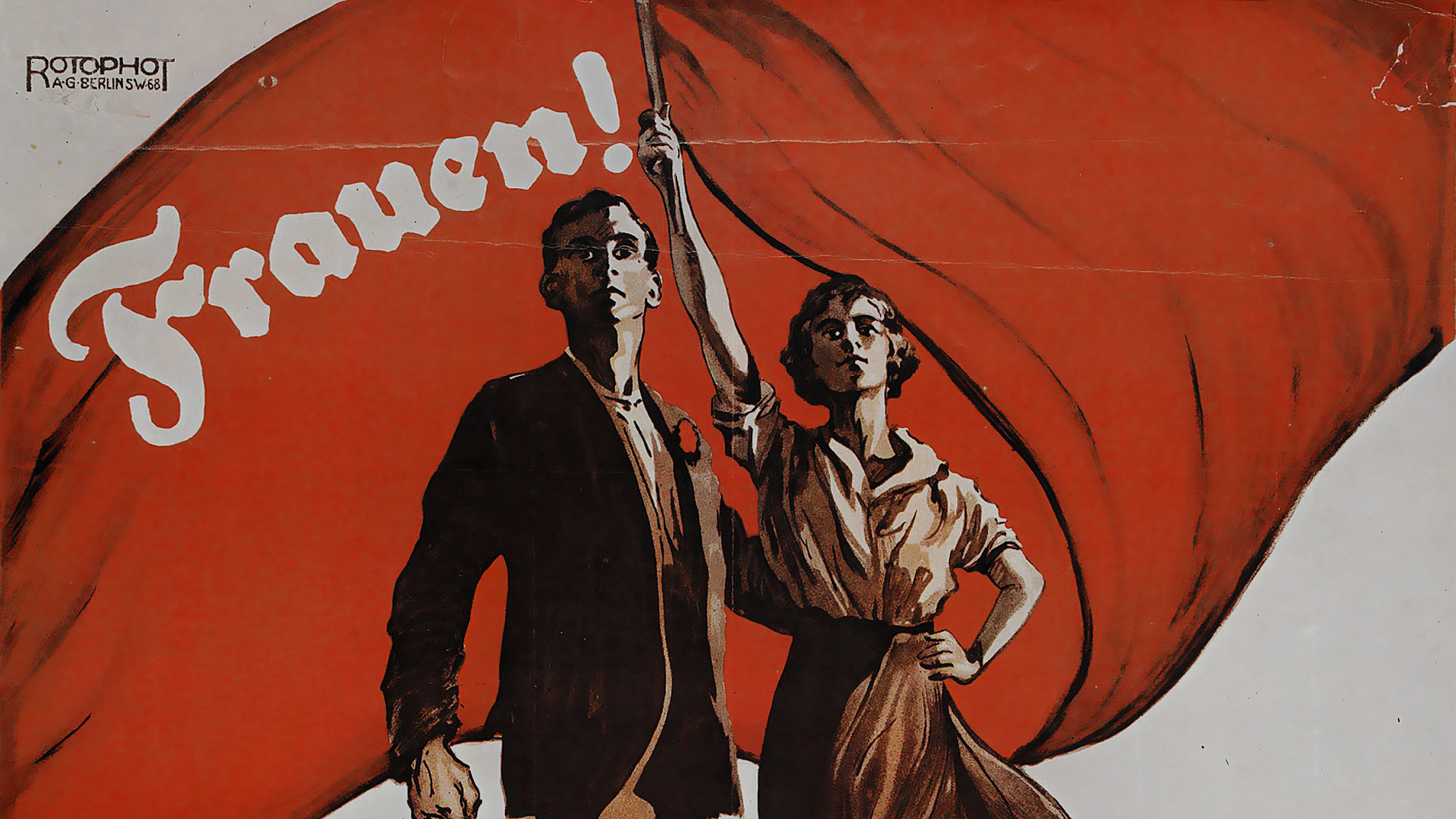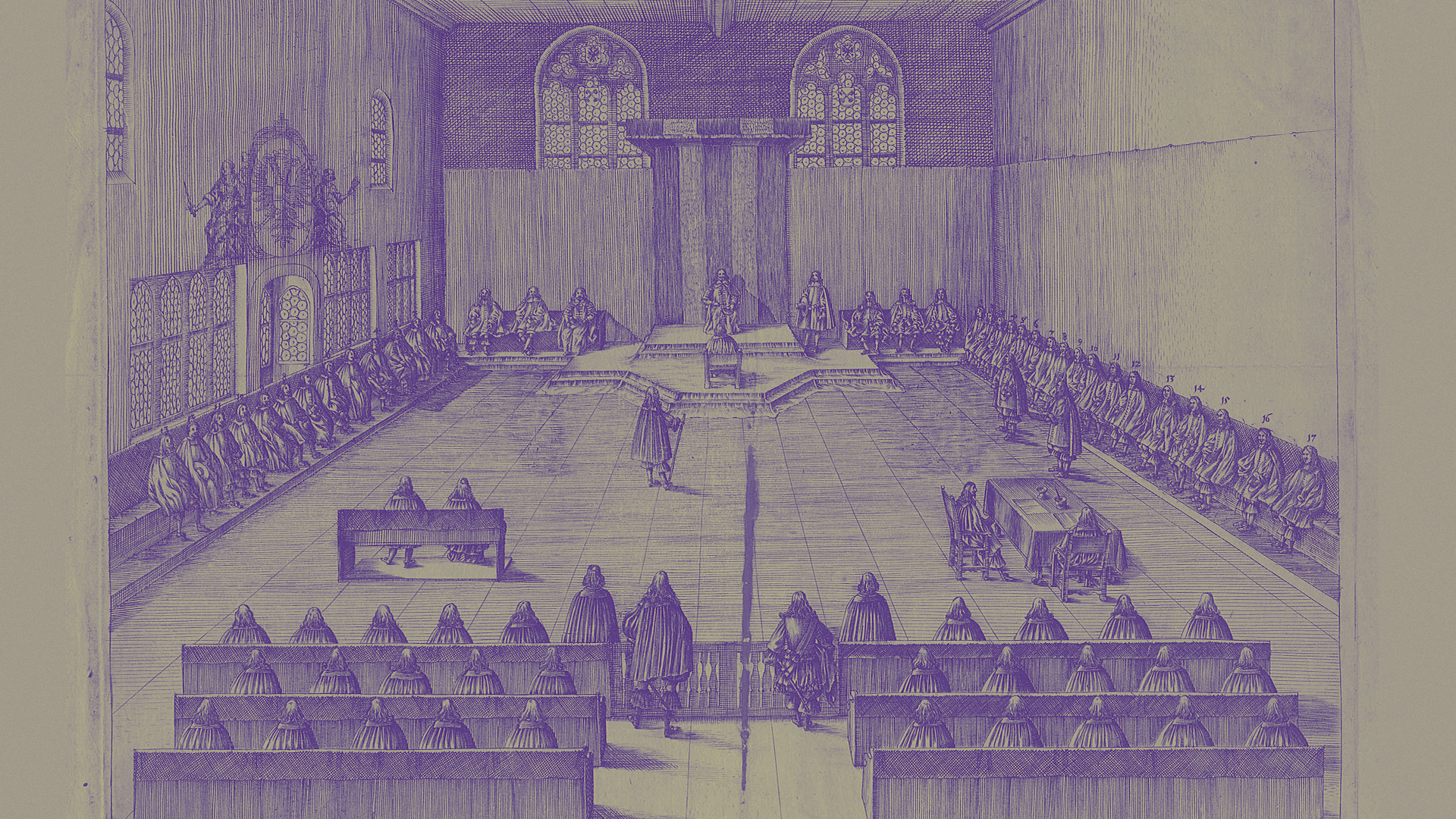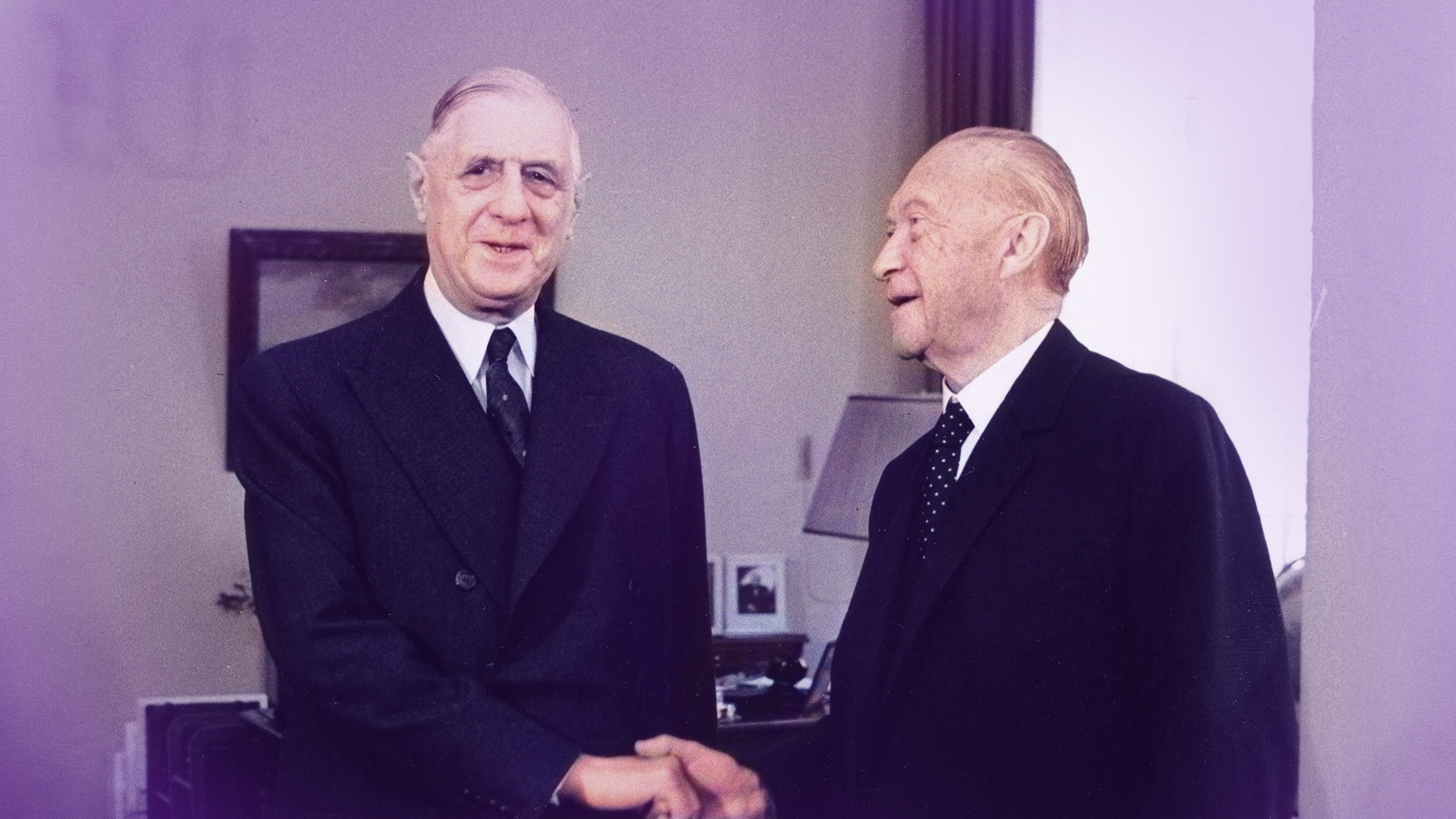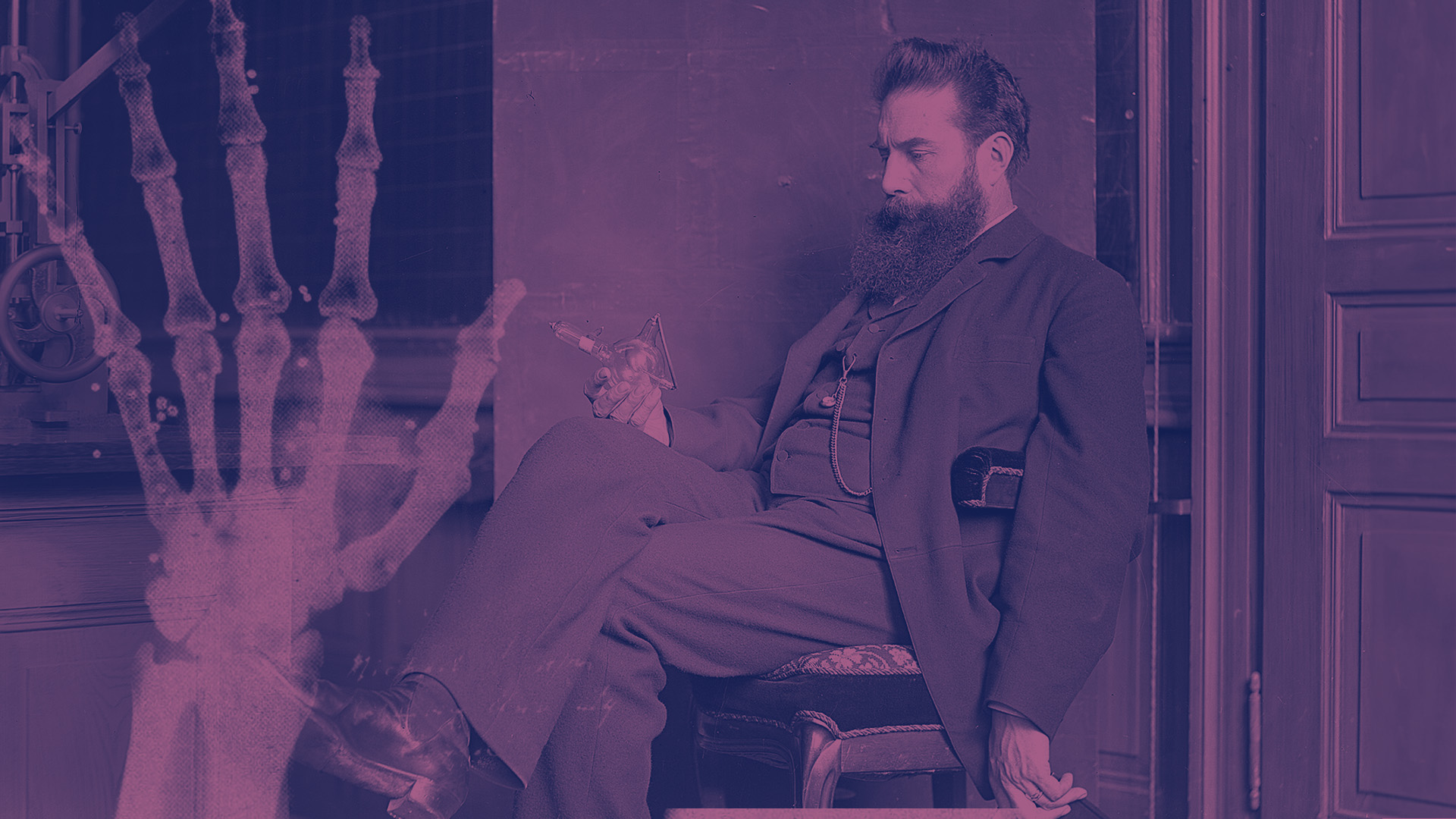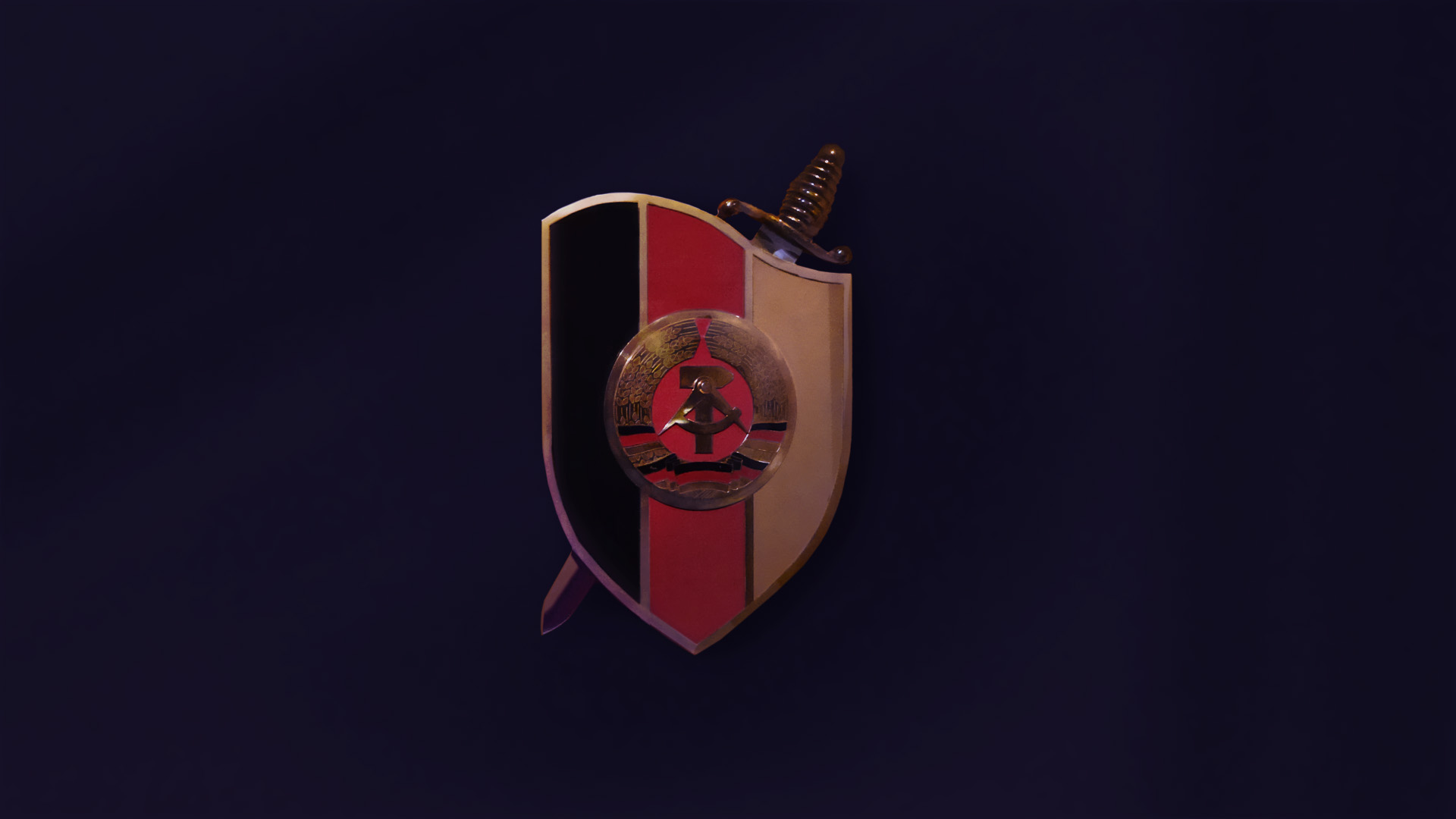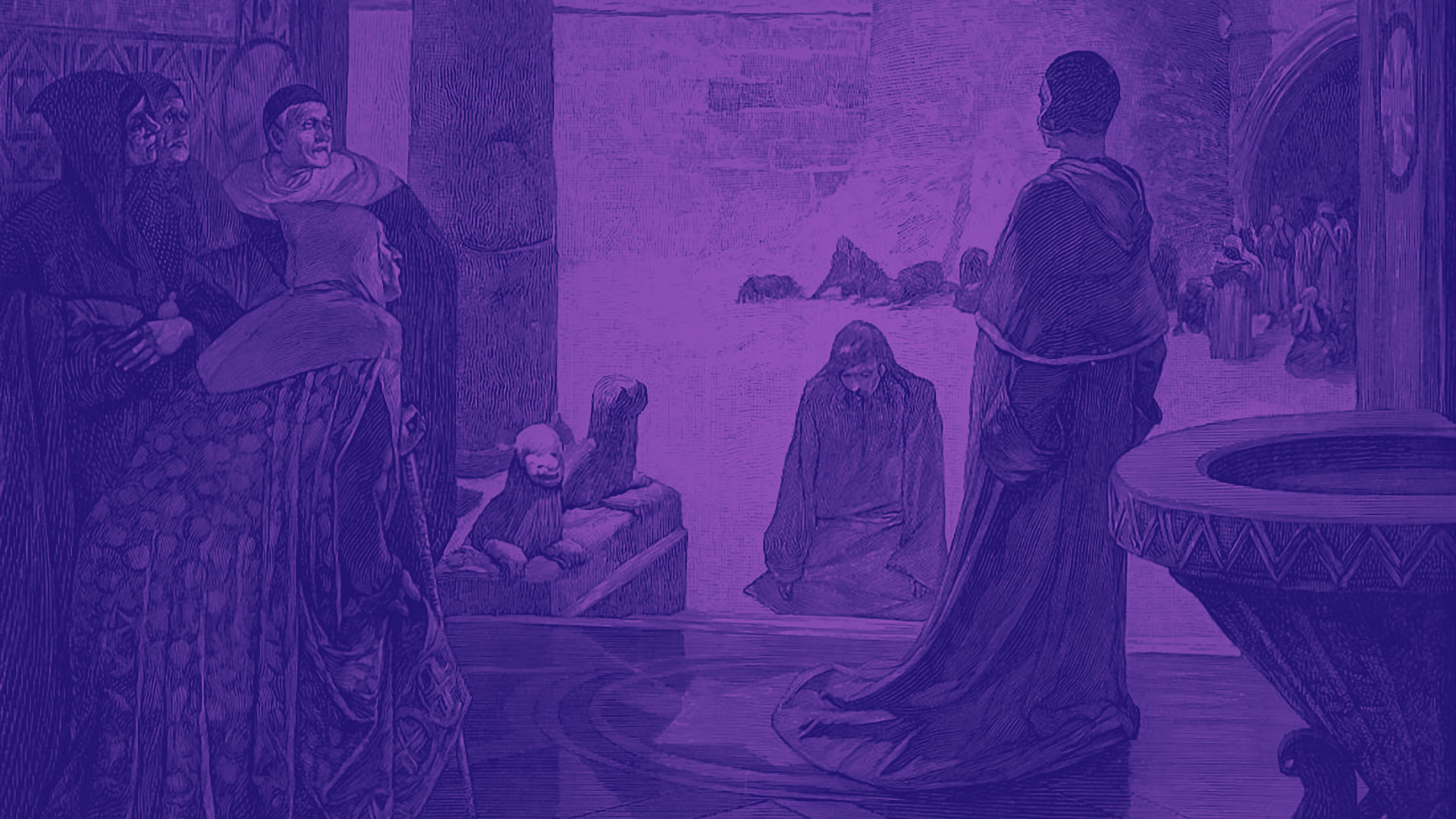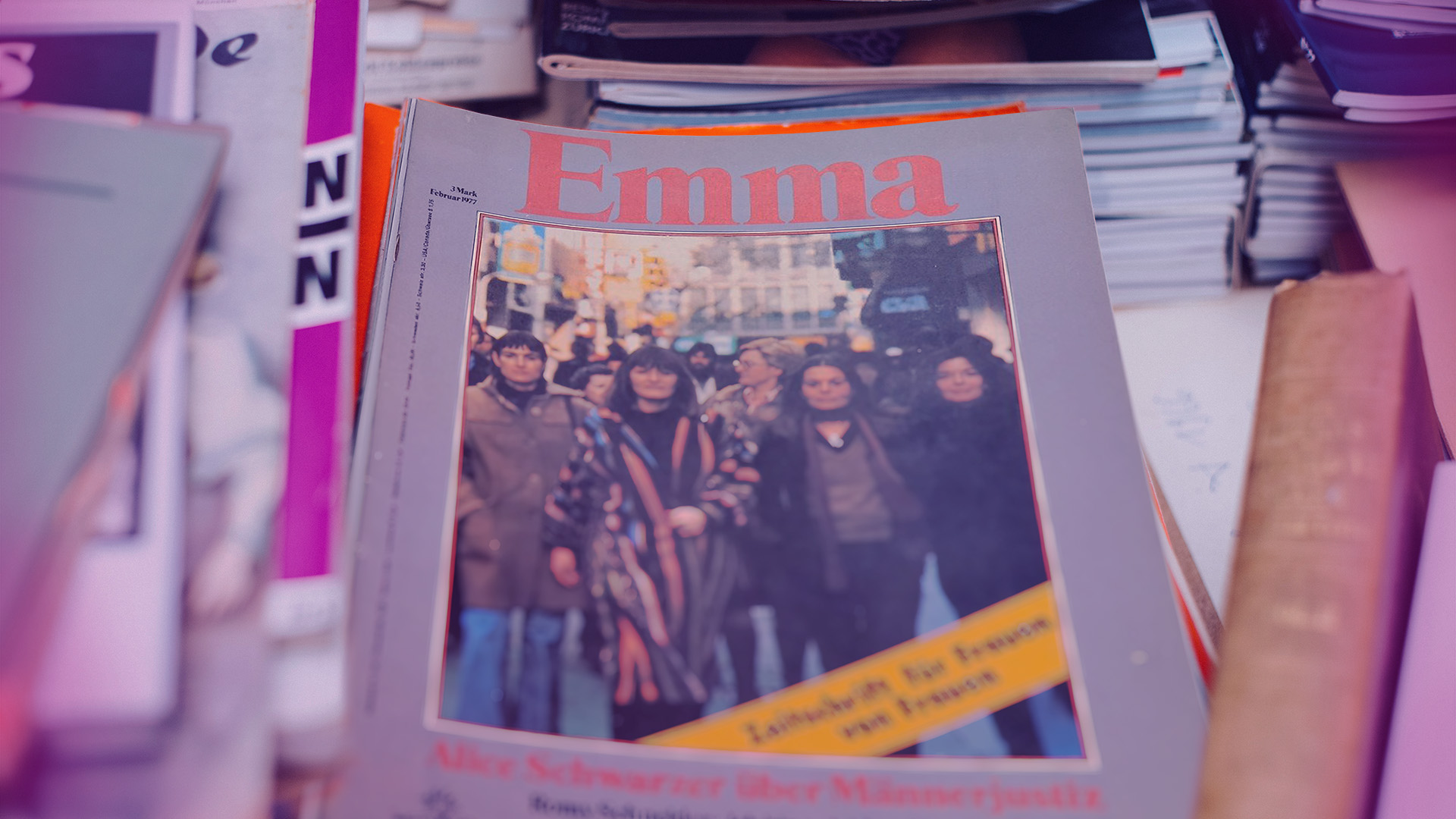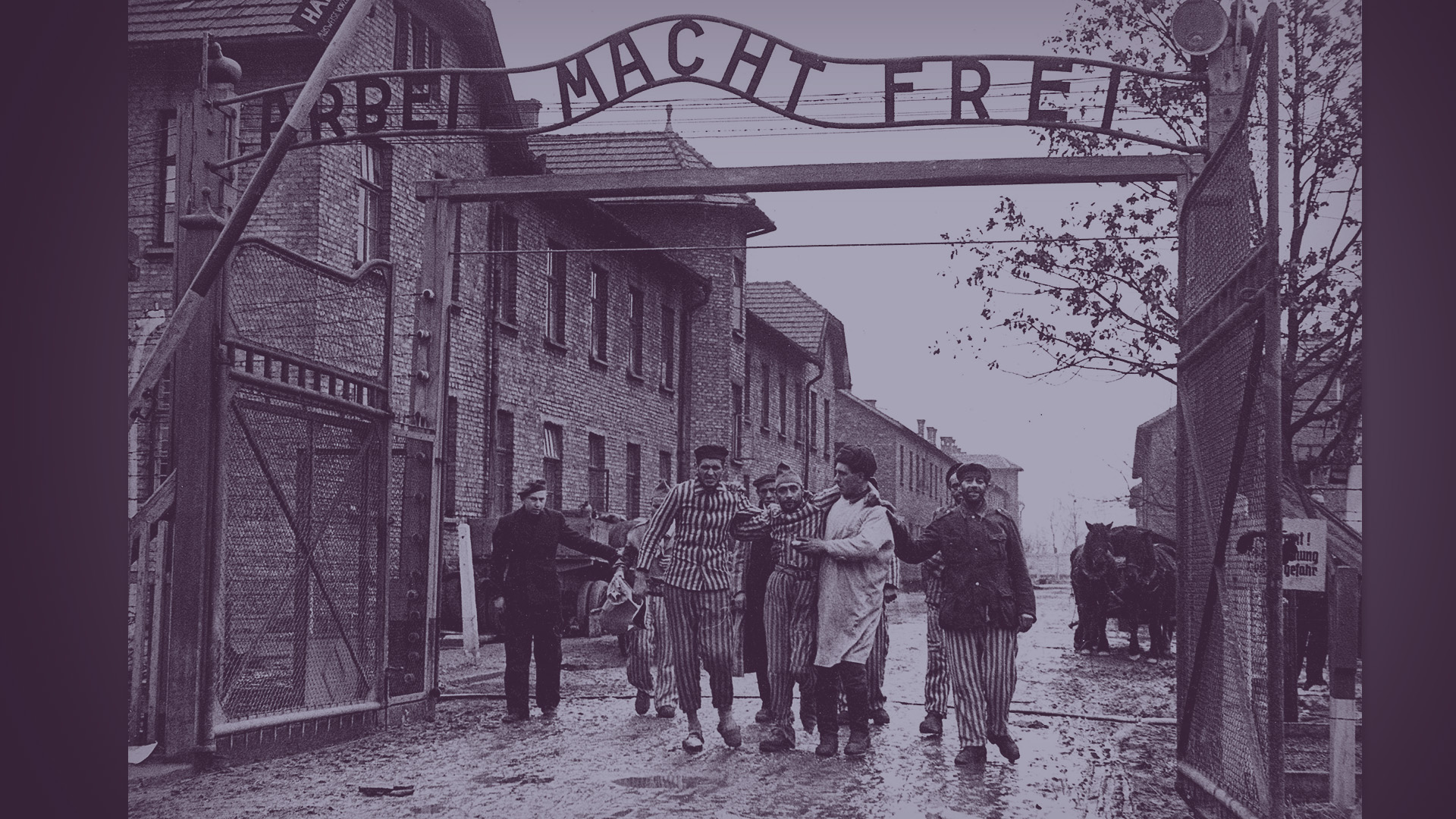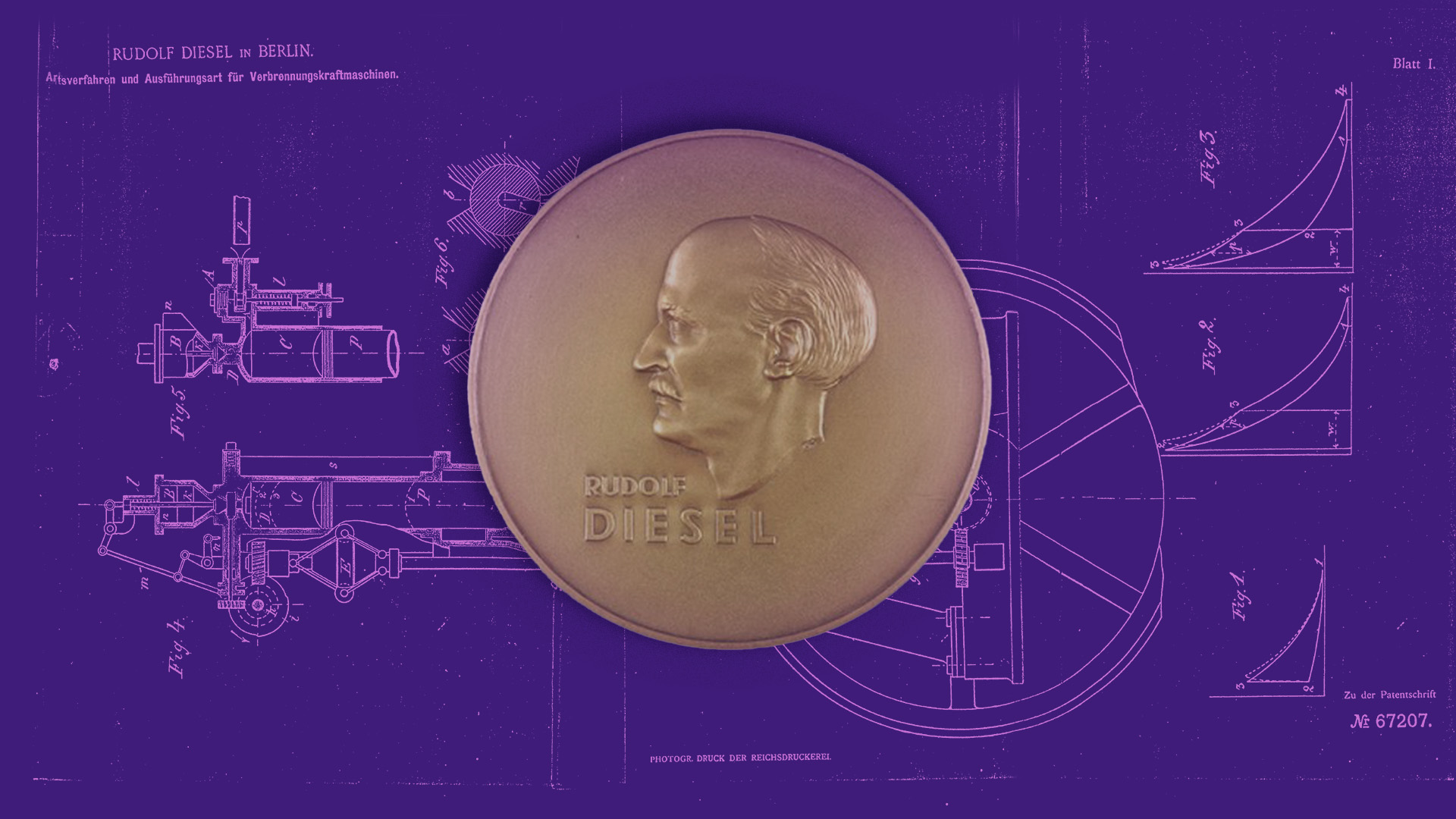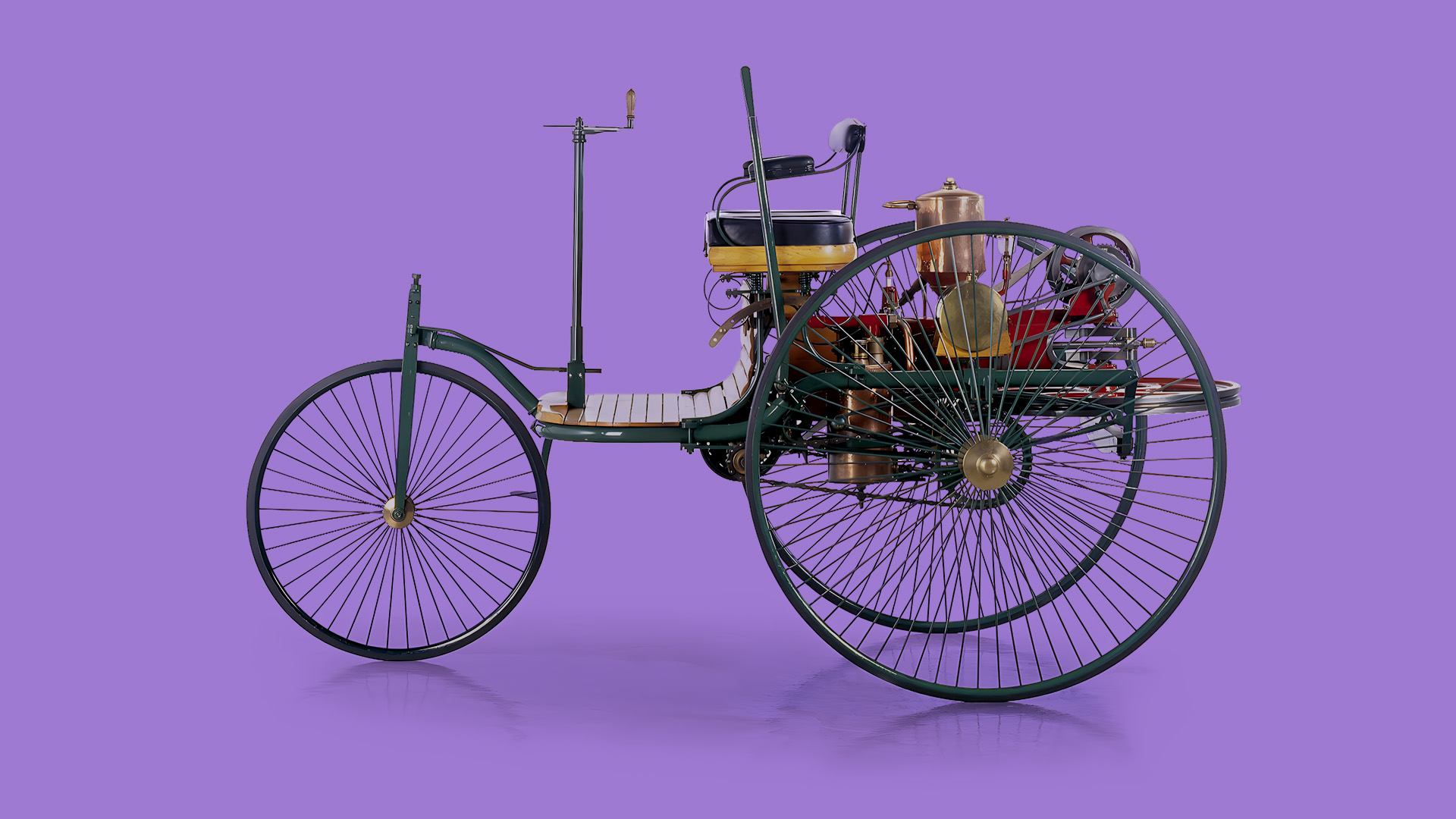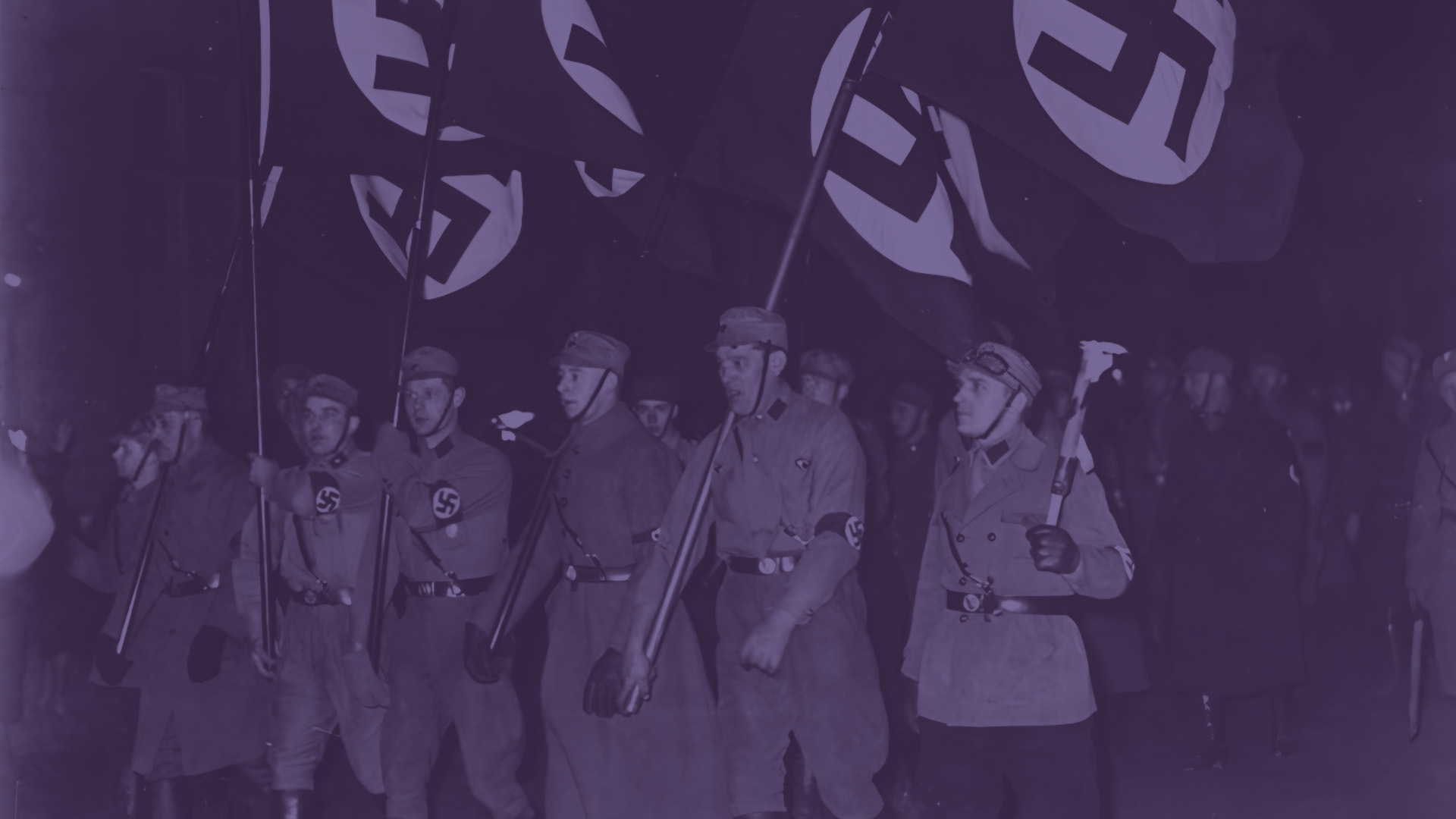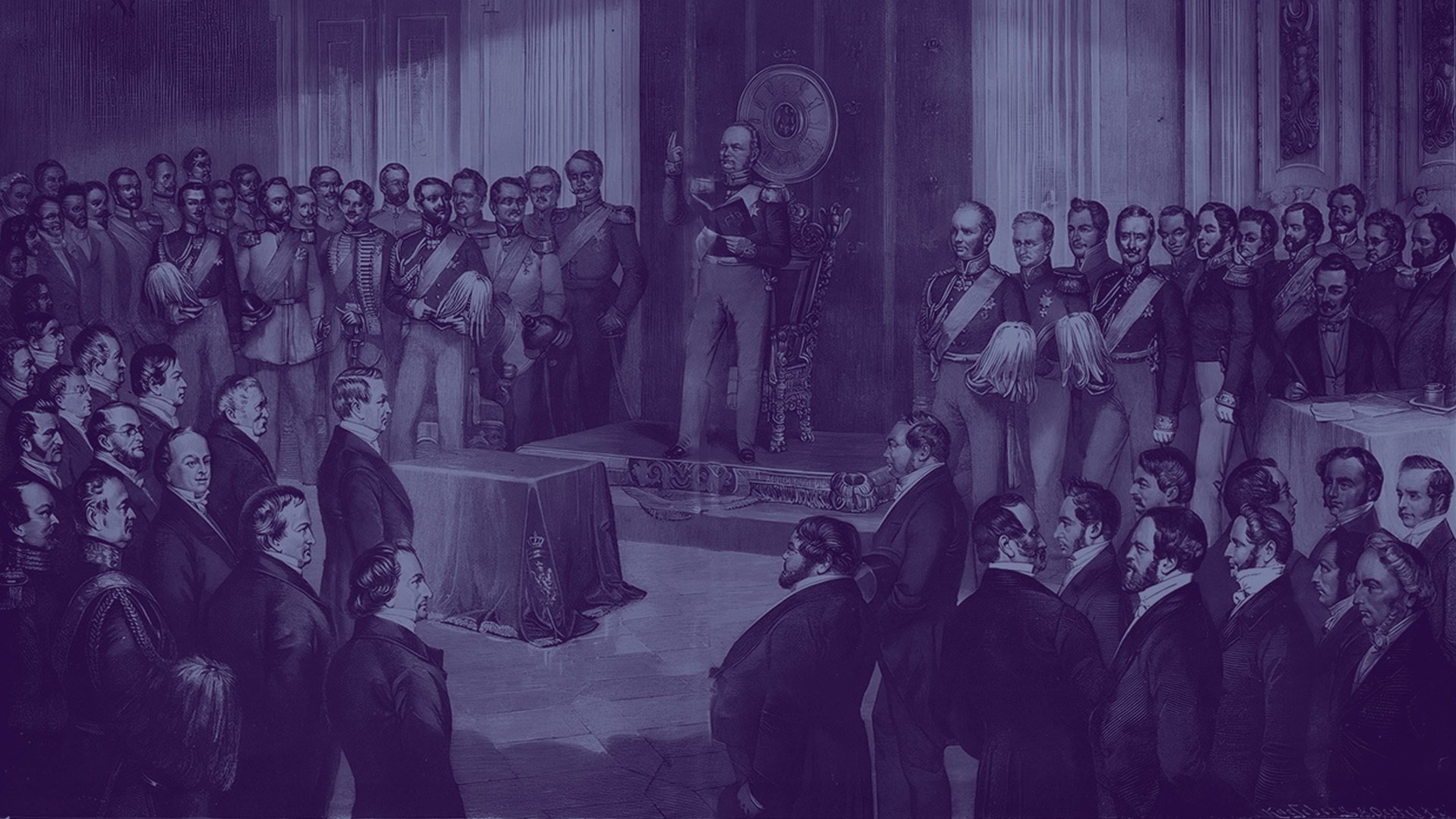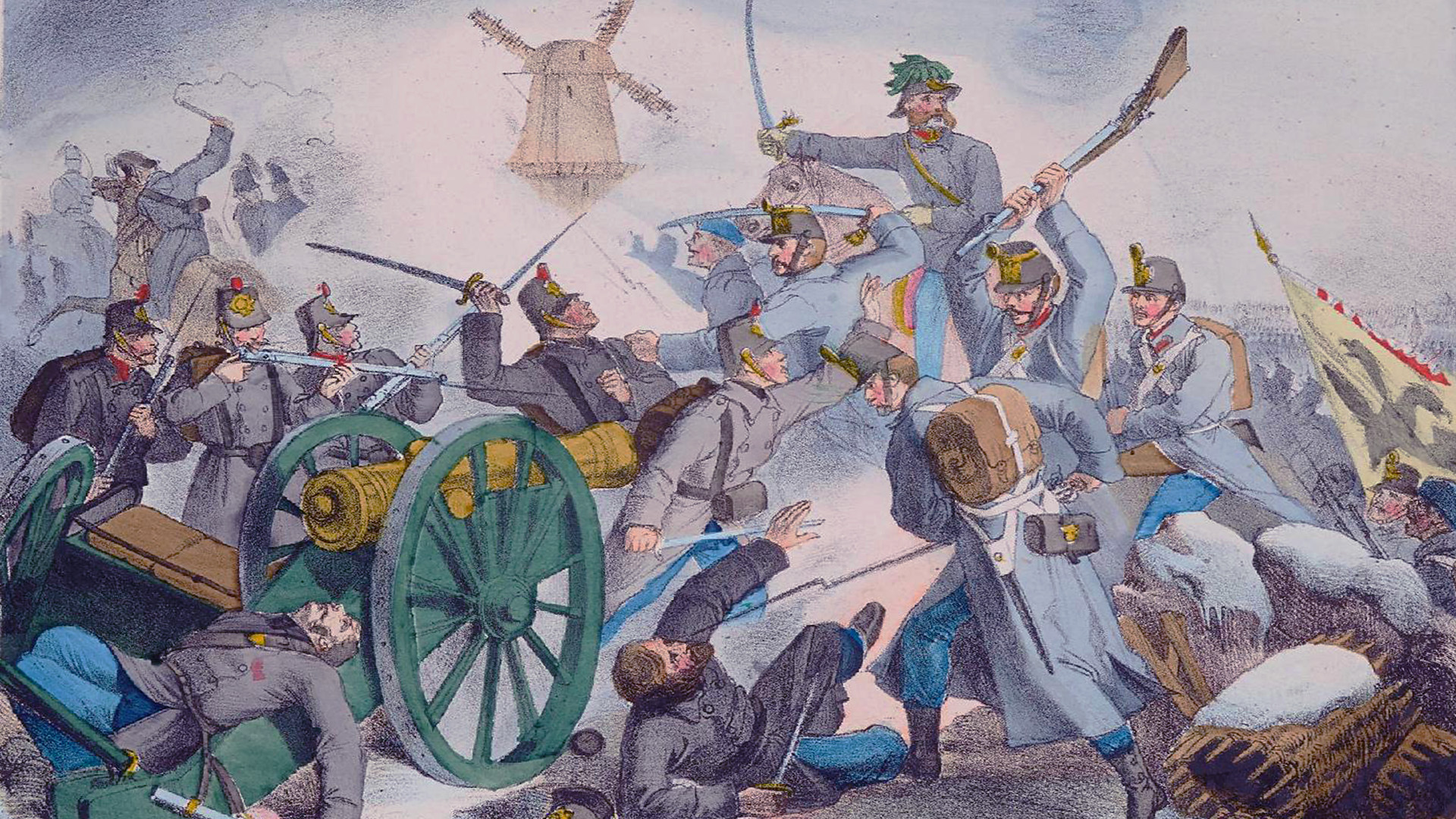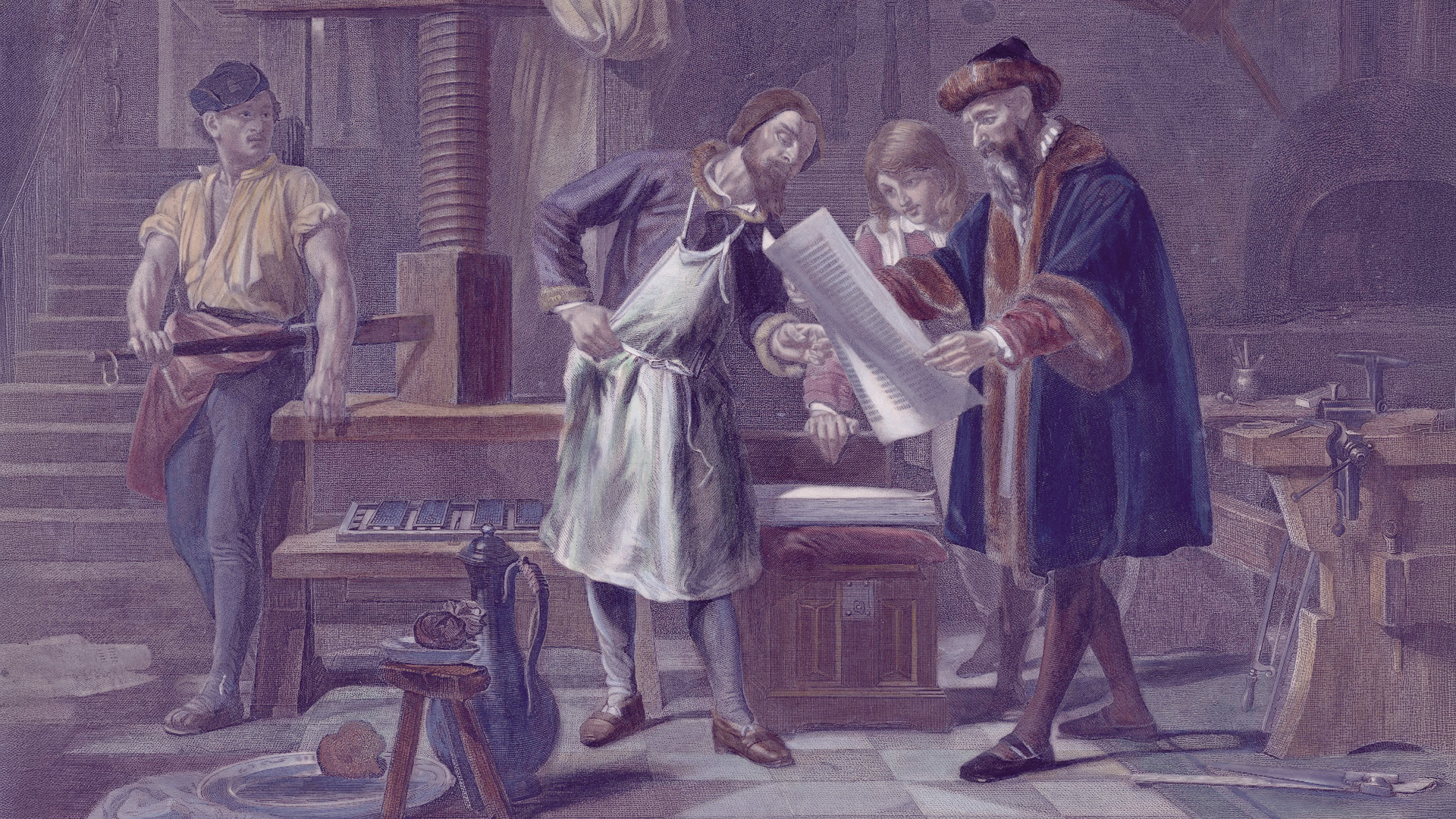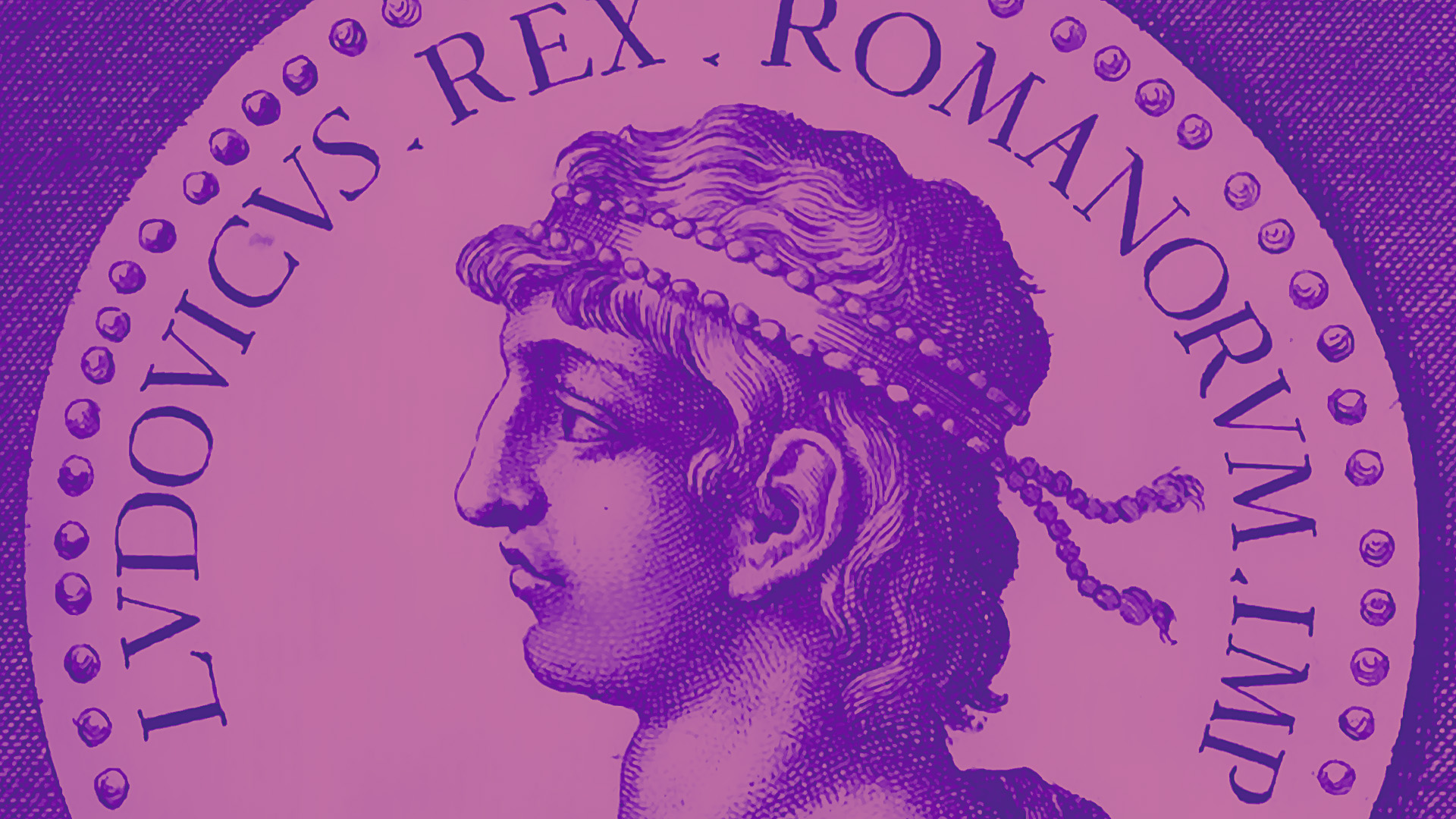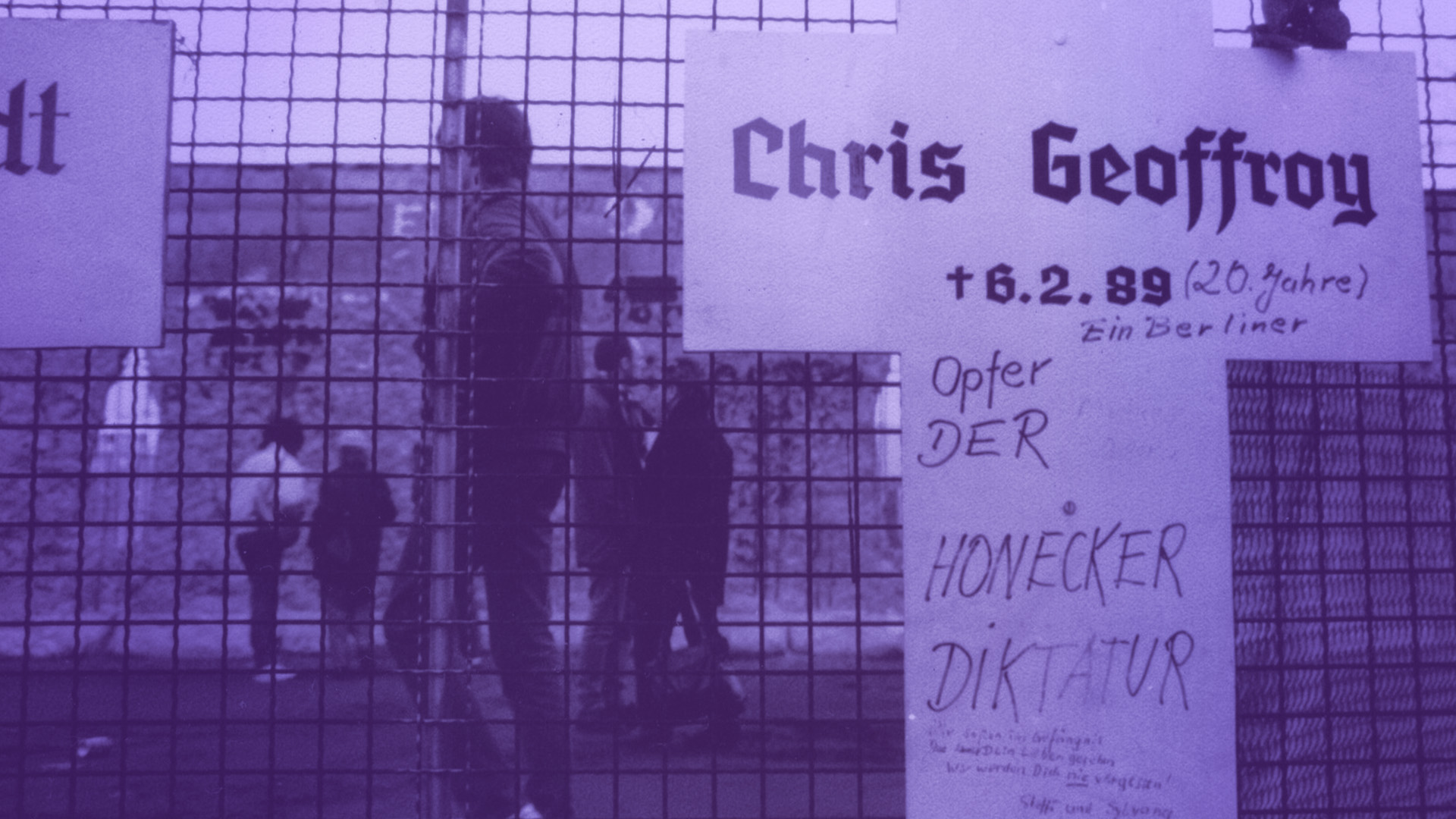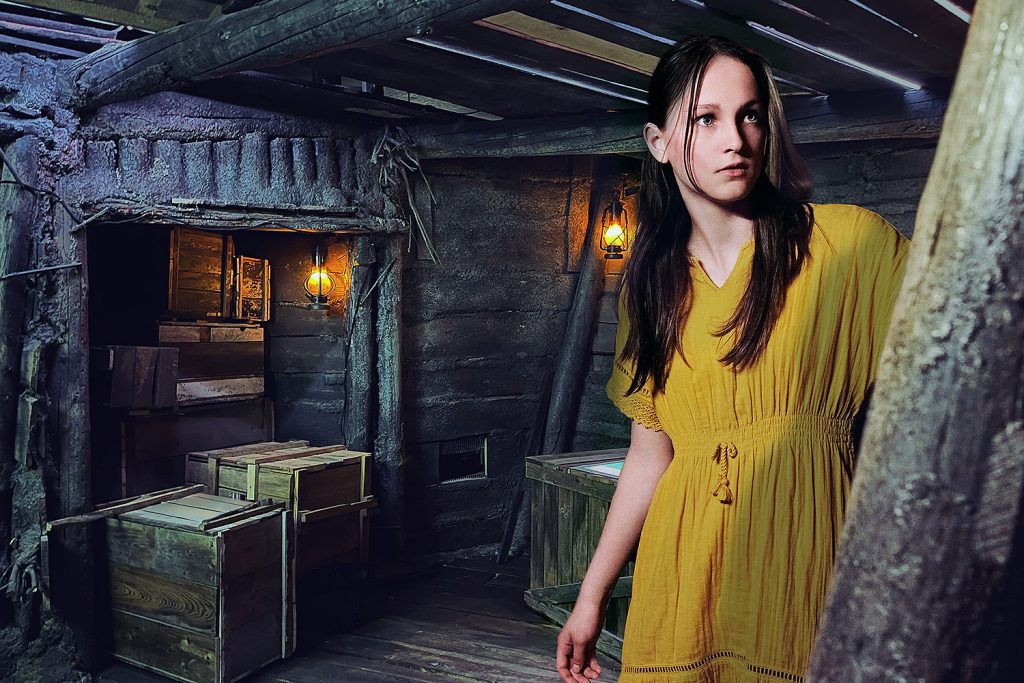The Pope crowns Otto I emperor
Otto’s success in repelling Hungarian invaders at the Battle of Lechfeld (955) united the German duchies behind his kingship and established his German power base. Seeking a strong patron to defend the Catholic Church, Pope John XII decided to crown Otto emperor in Rome on 2 February 962, establishing him as the protector of the Western Church.
Although Charlemagne and many of his successors had also performed this role, the coronation of Otto I marked the beginning of a new institution that would soon become known as the “Holy Roman Empire”. Like Charlemagne, Otto saw himself as the heir to the ancient Roman emperors. Later, the empire established by his coronation acquired the suffix “Holy”, because its rulers claimed divine right, i.e. that they had been appointed to rule by the grace of God.
The Holy Roman Empire stretched across present-day Germany and parts of what are now France, Italy and the Czech Republic, with its peoples speaking a variety of different languages. As a result, the empire was viewed as transcending questions of nationality. Despite all speaking various forms of early German, those living in the heartland of the empire felt a primary loyalty to their tribe rather than a common German identity. Although references to the name “Holy Roman Empire of the German Nation” can be found by the 15th century, the added “of the German Nation” did not enjoy either widespread or common usage. The empire established in 962 lasted until its last emperor lay down his crown in 1806.

About the Deutschlandmuseum
An immersive and innovative experience museum about 2000 years of German history
